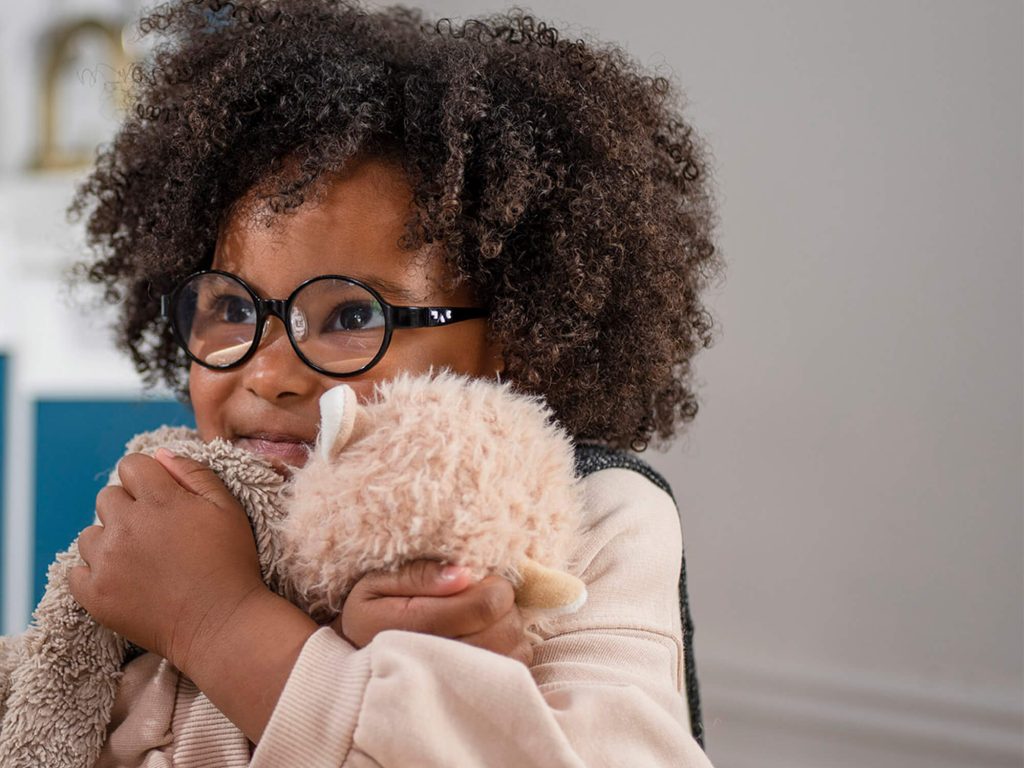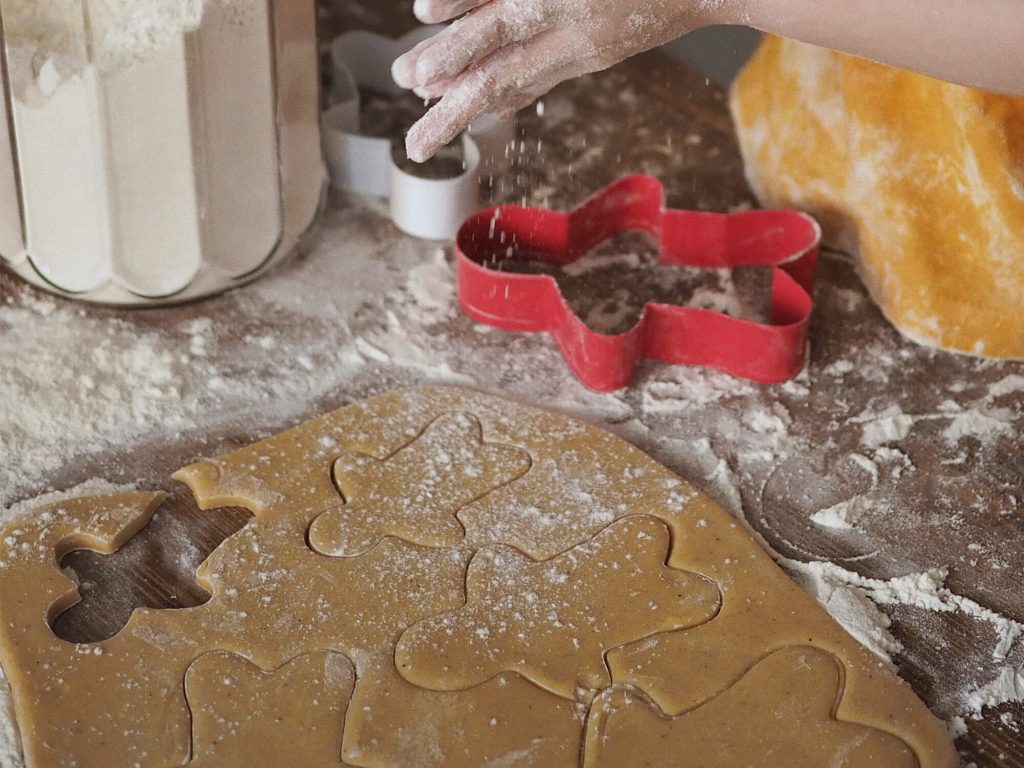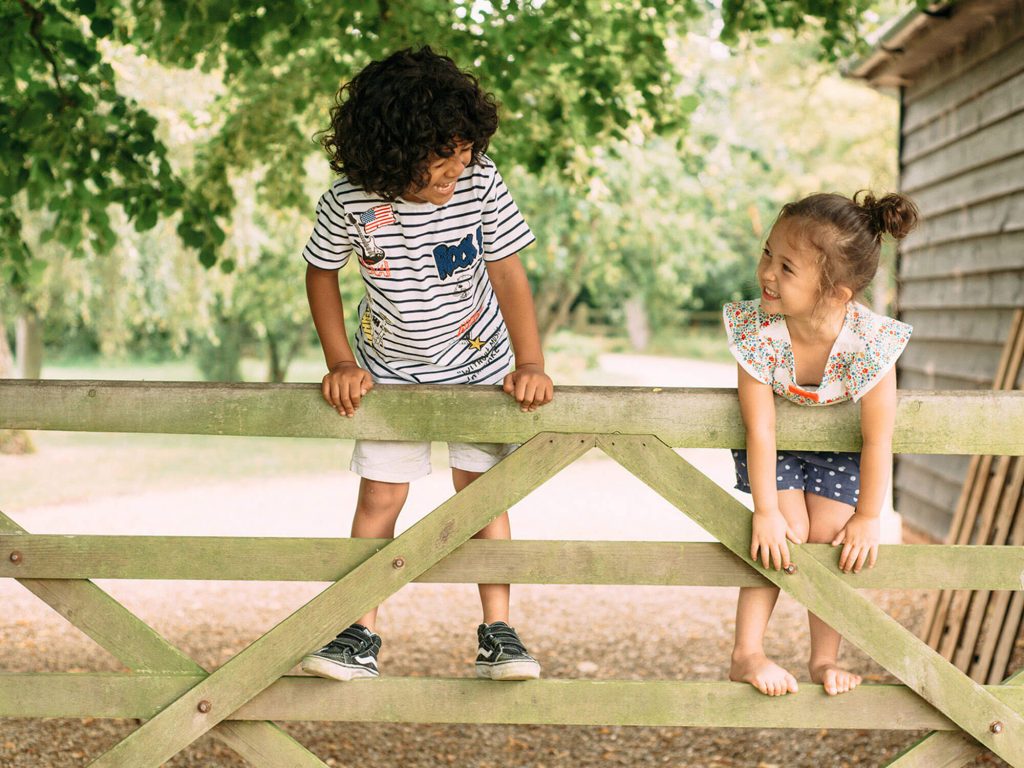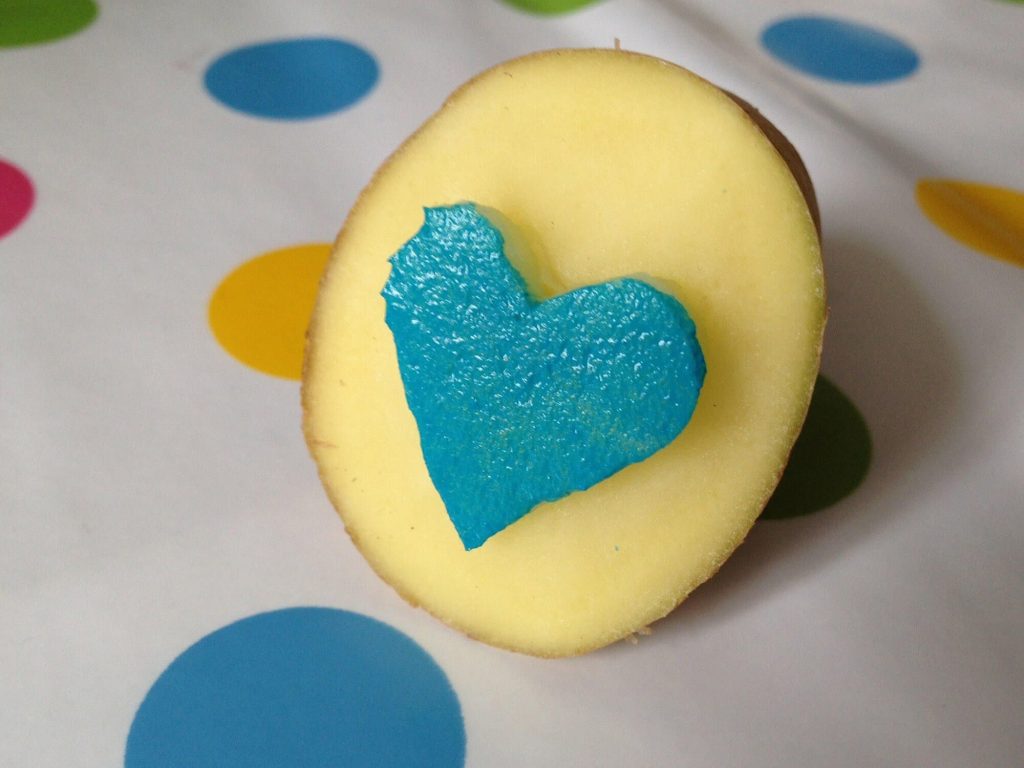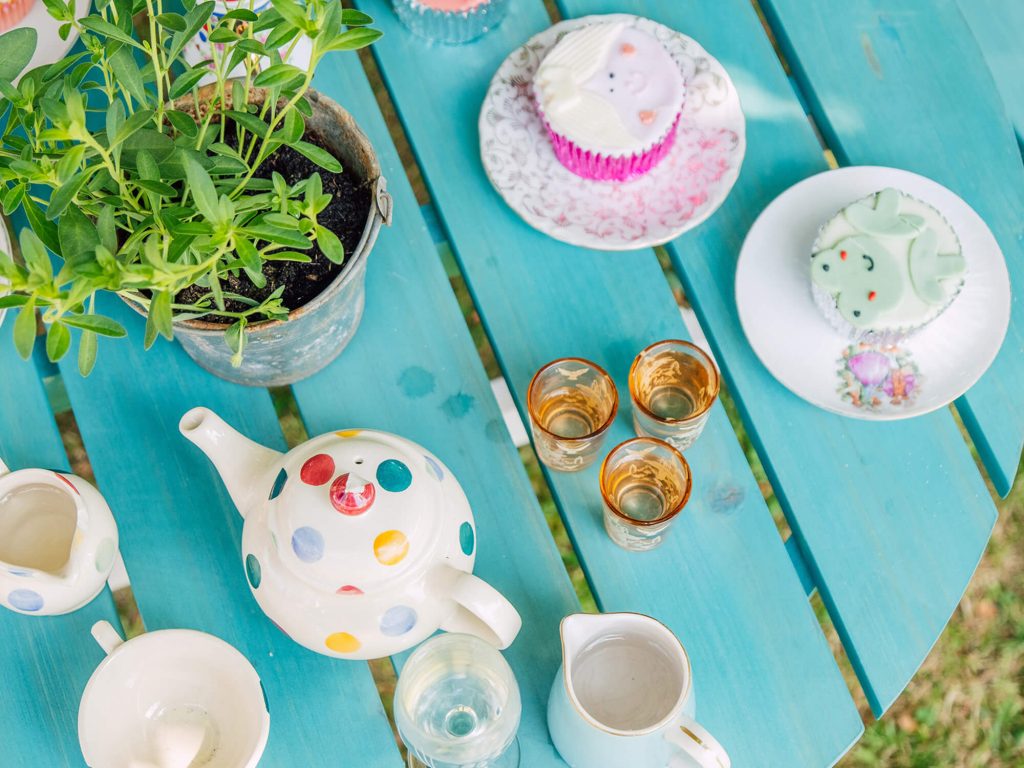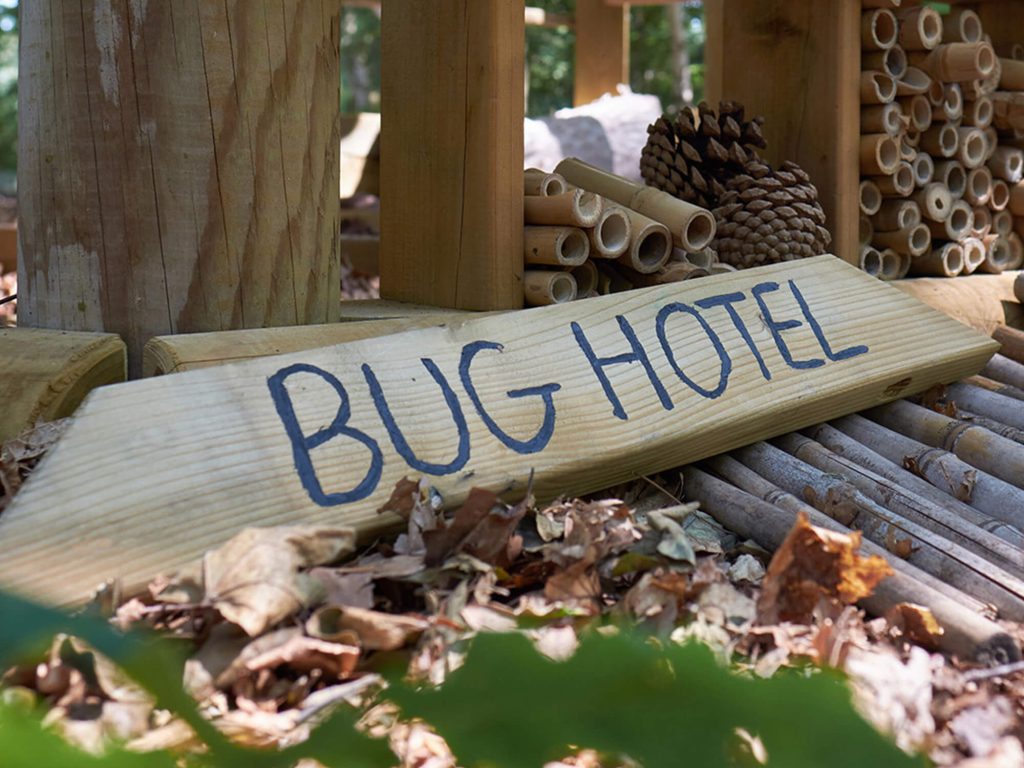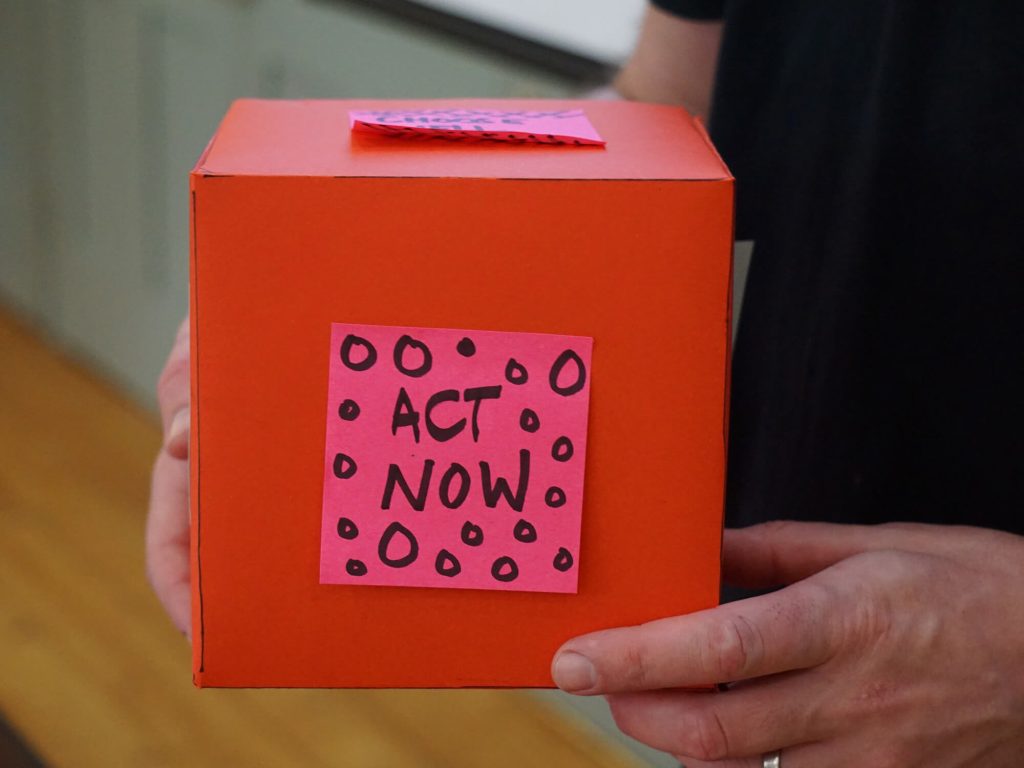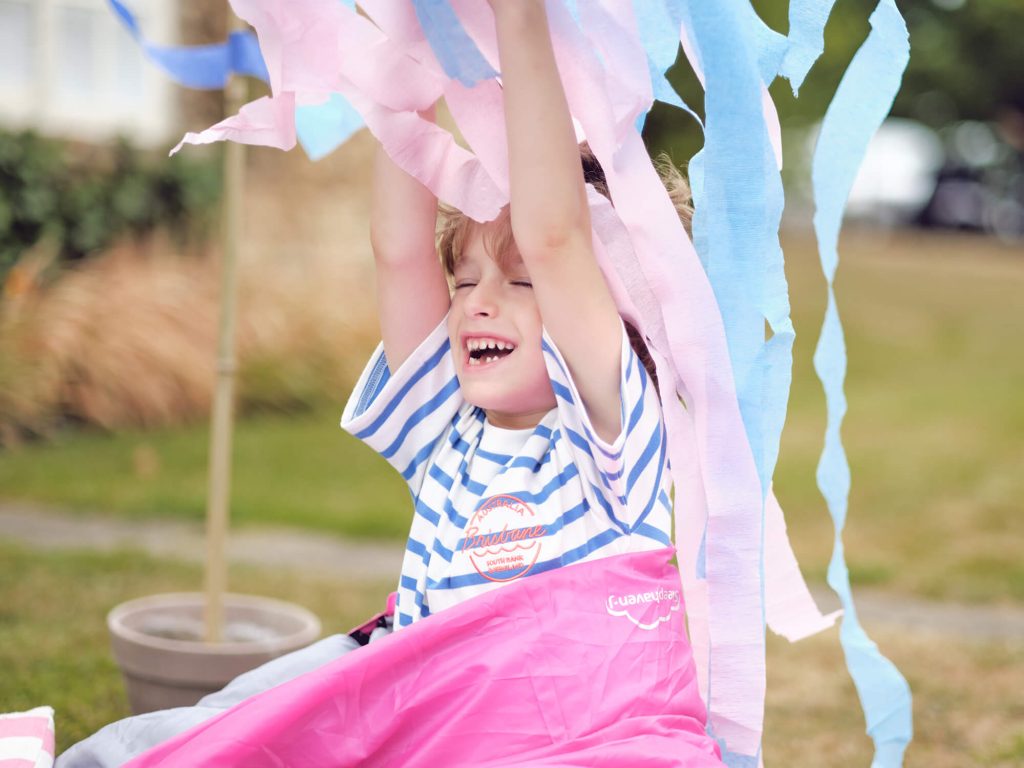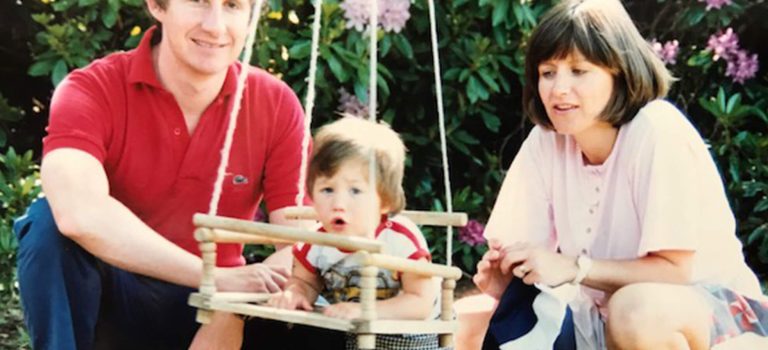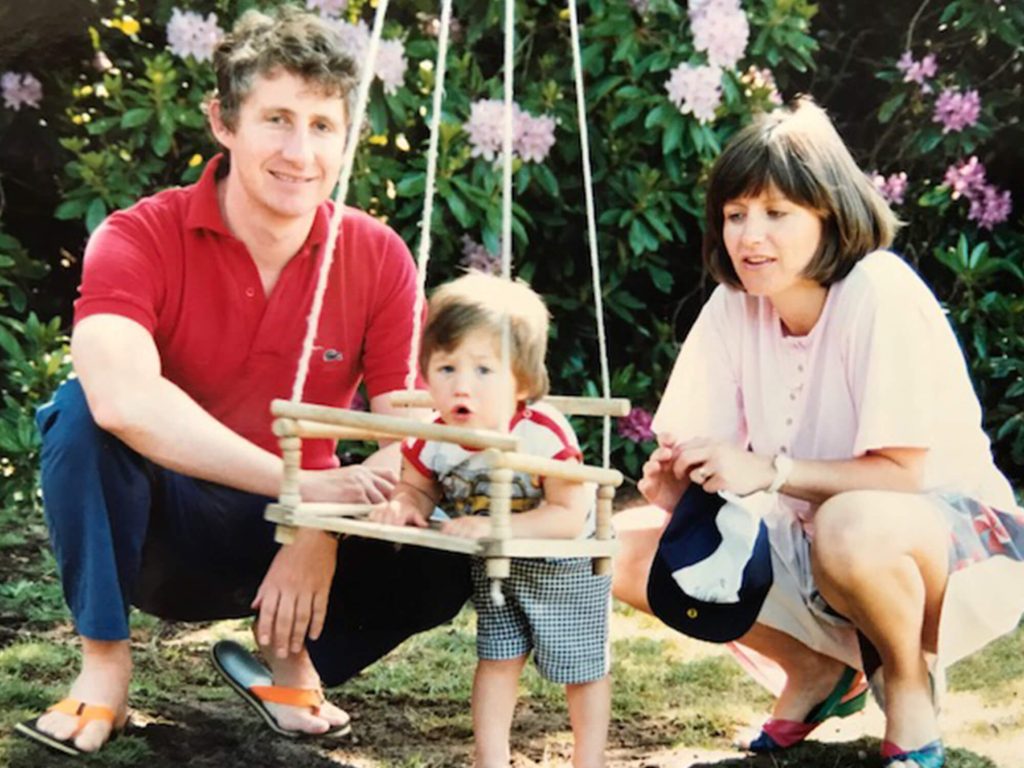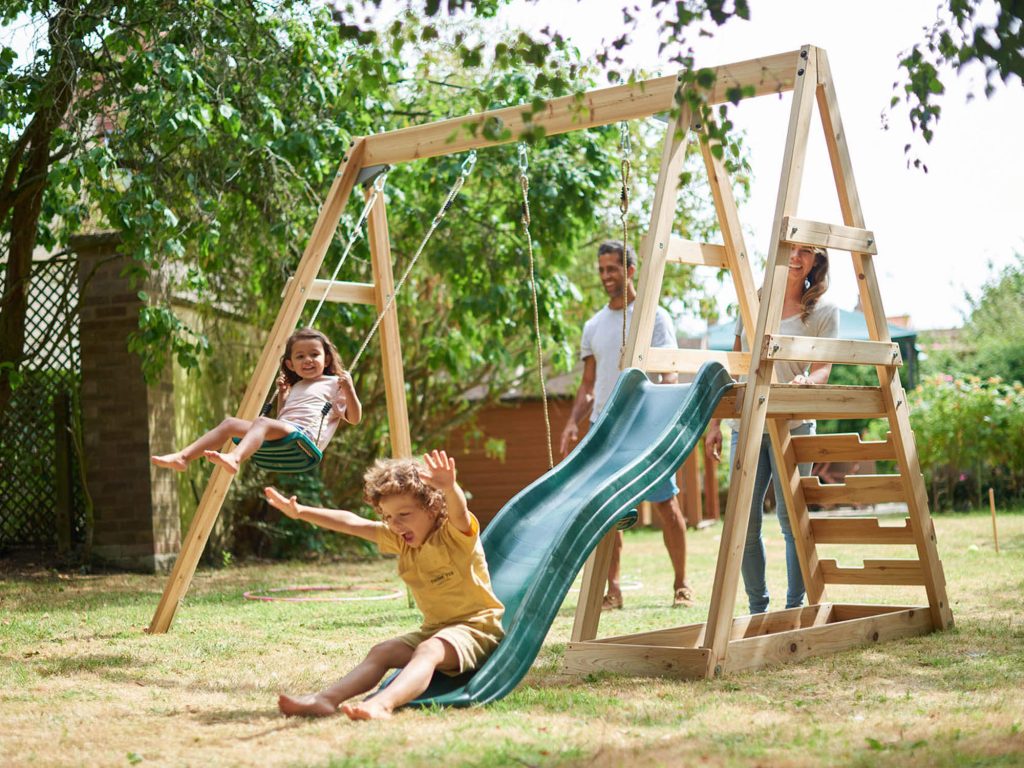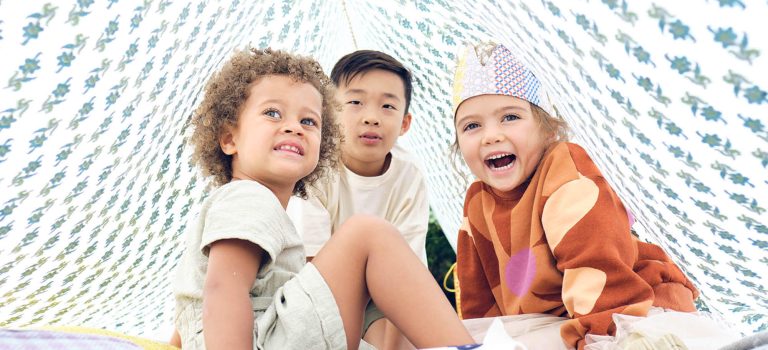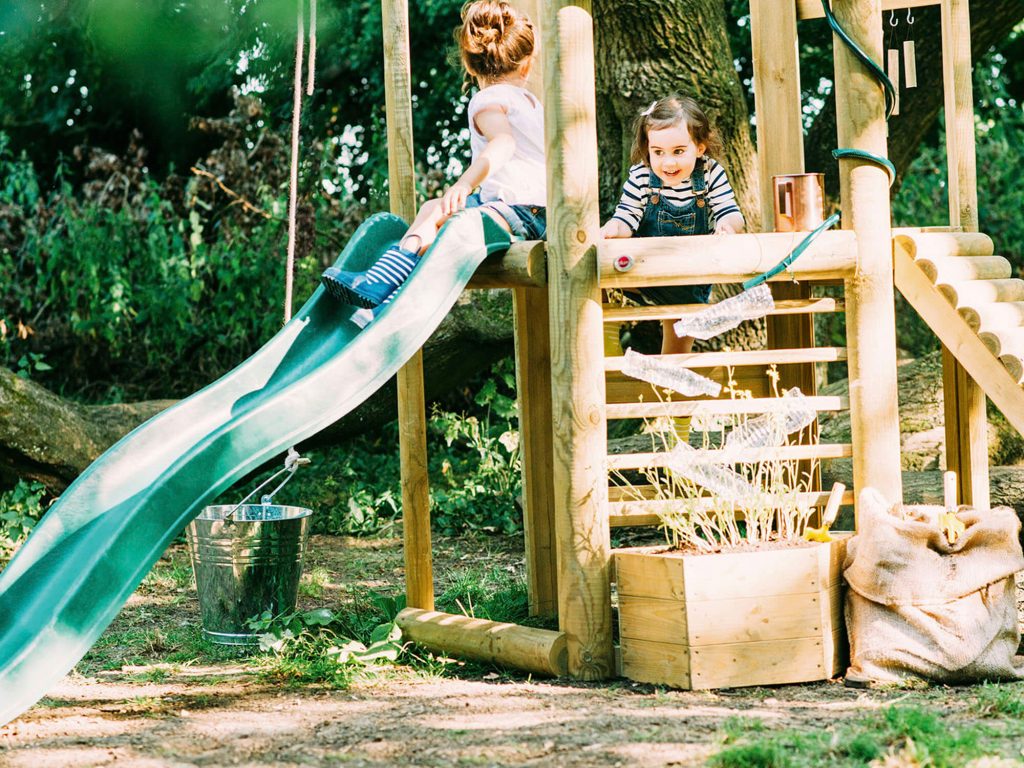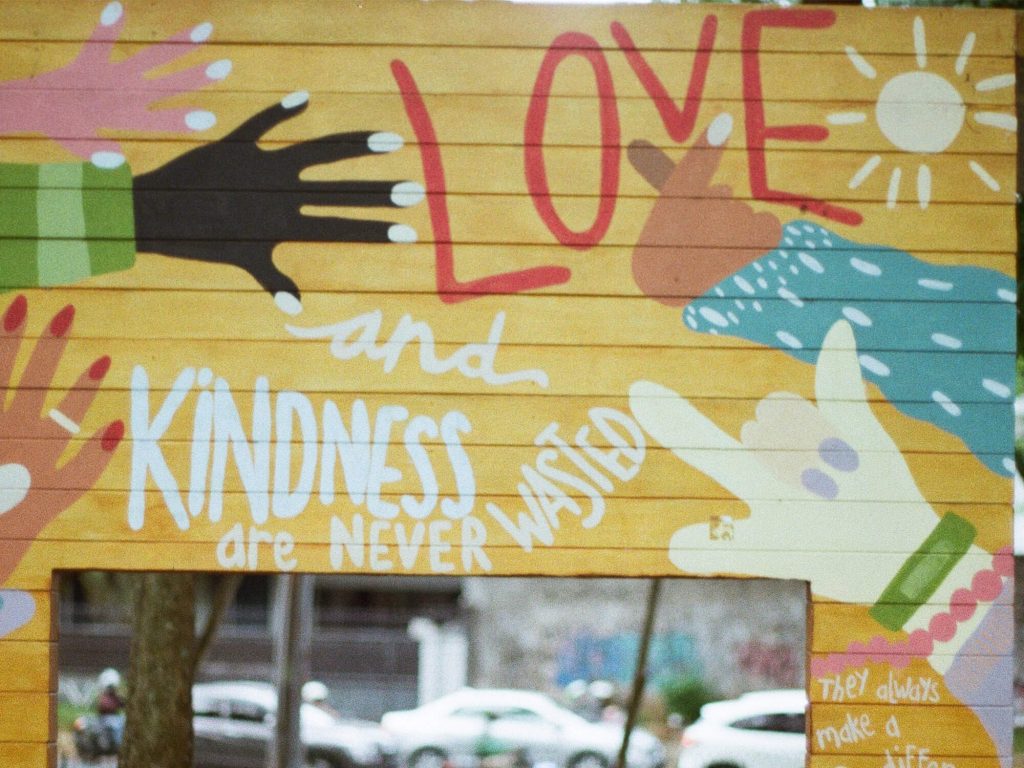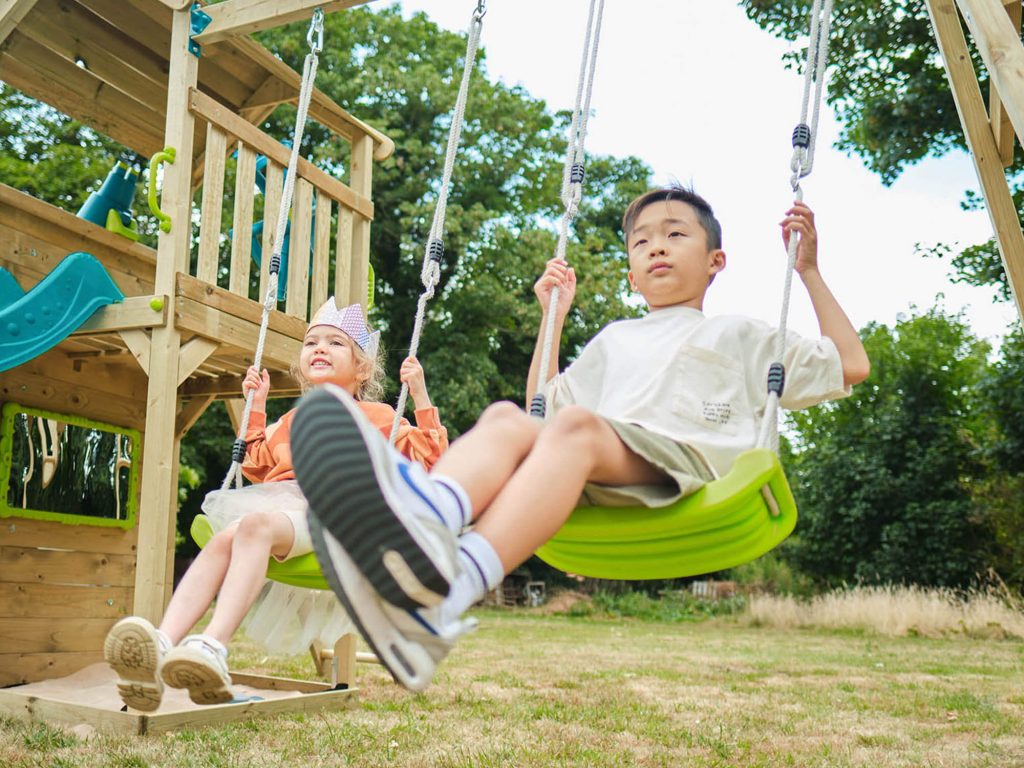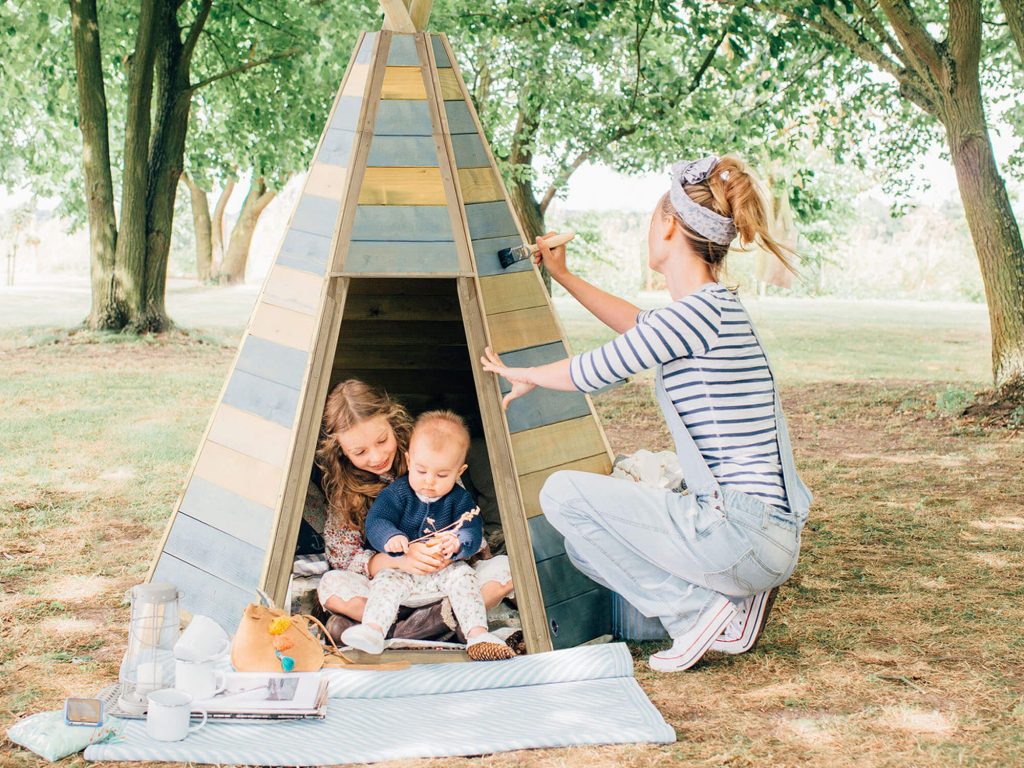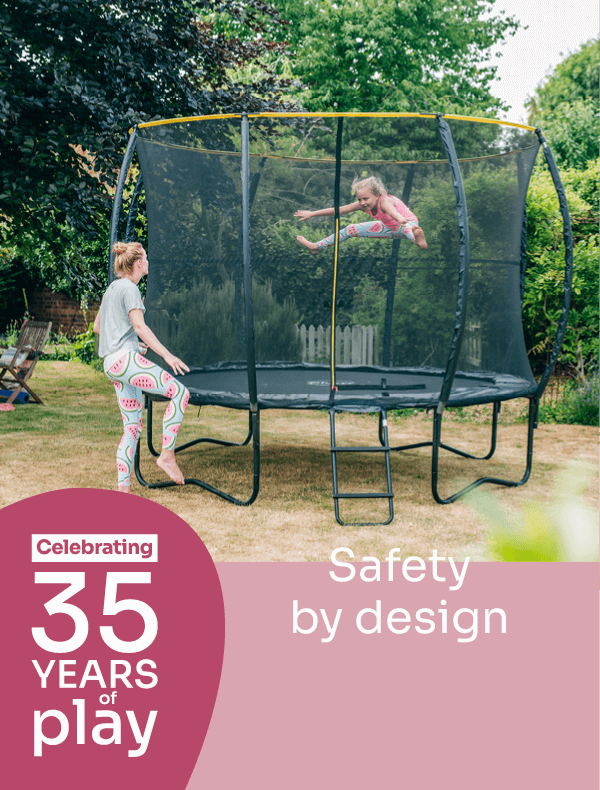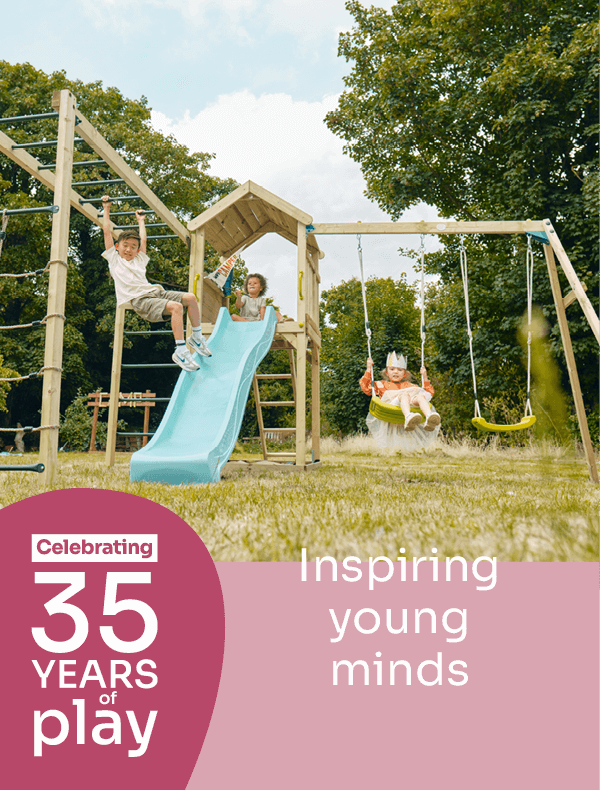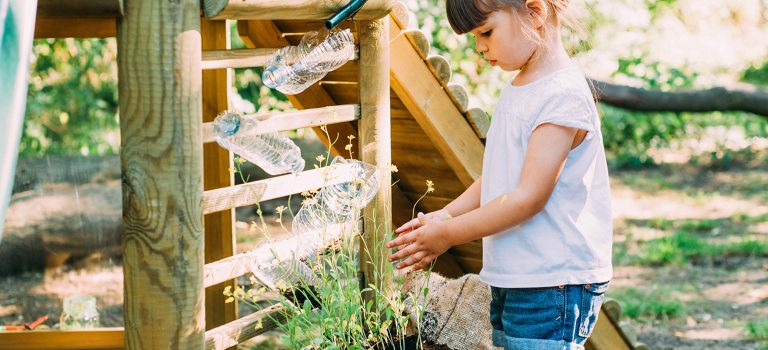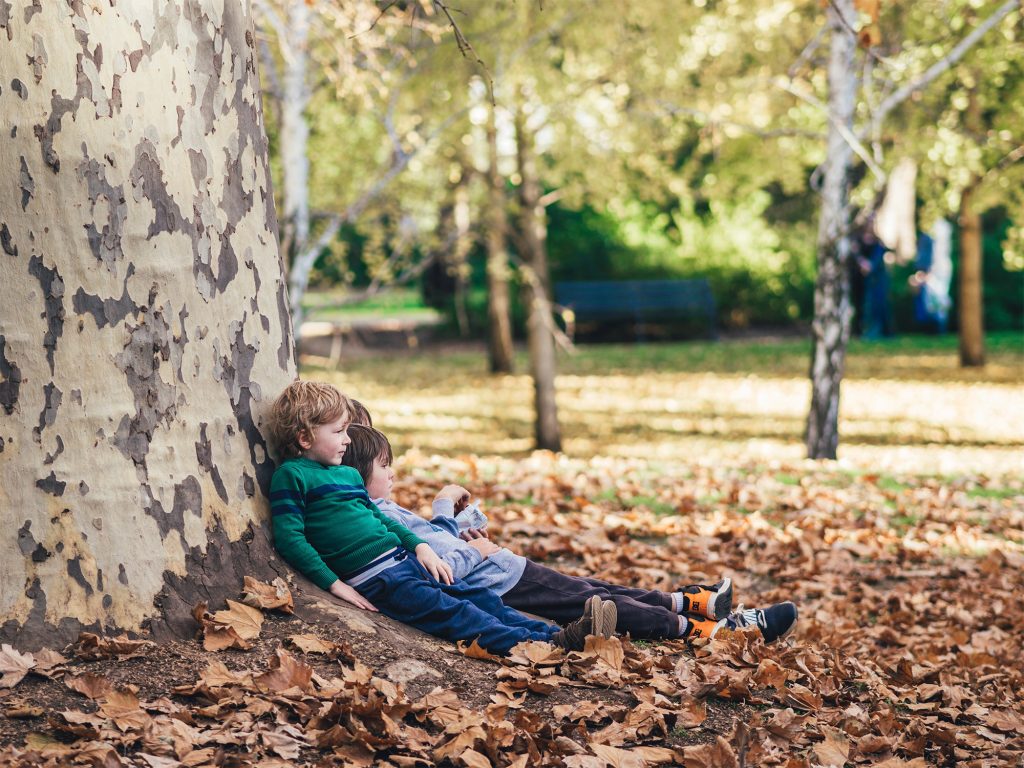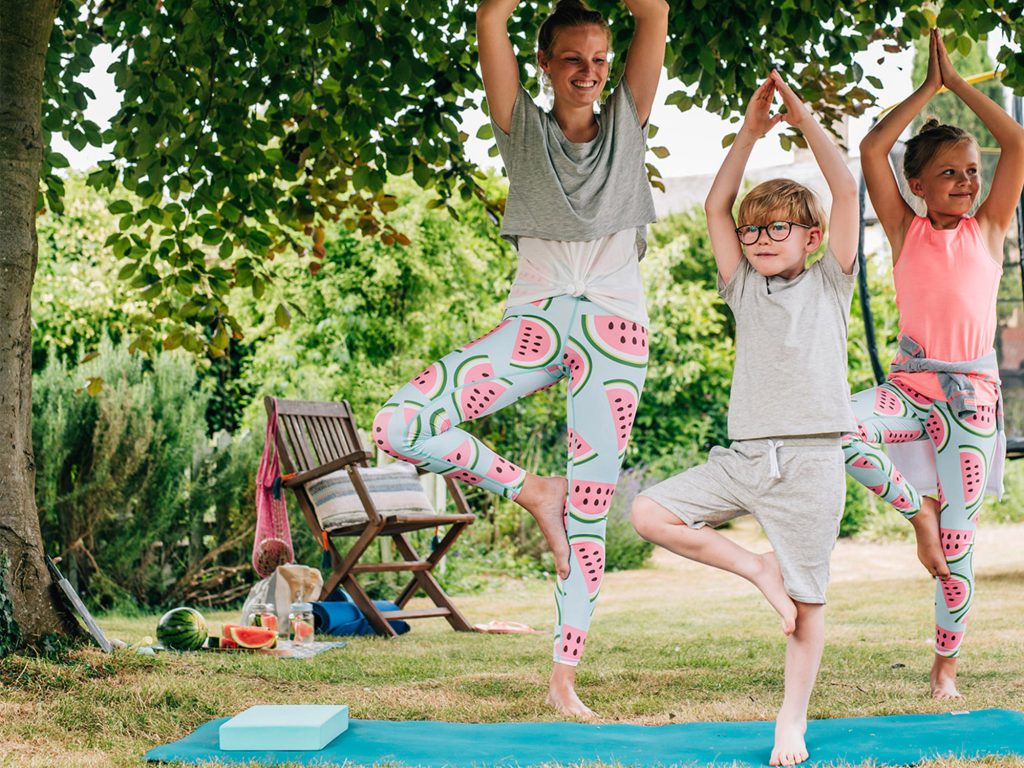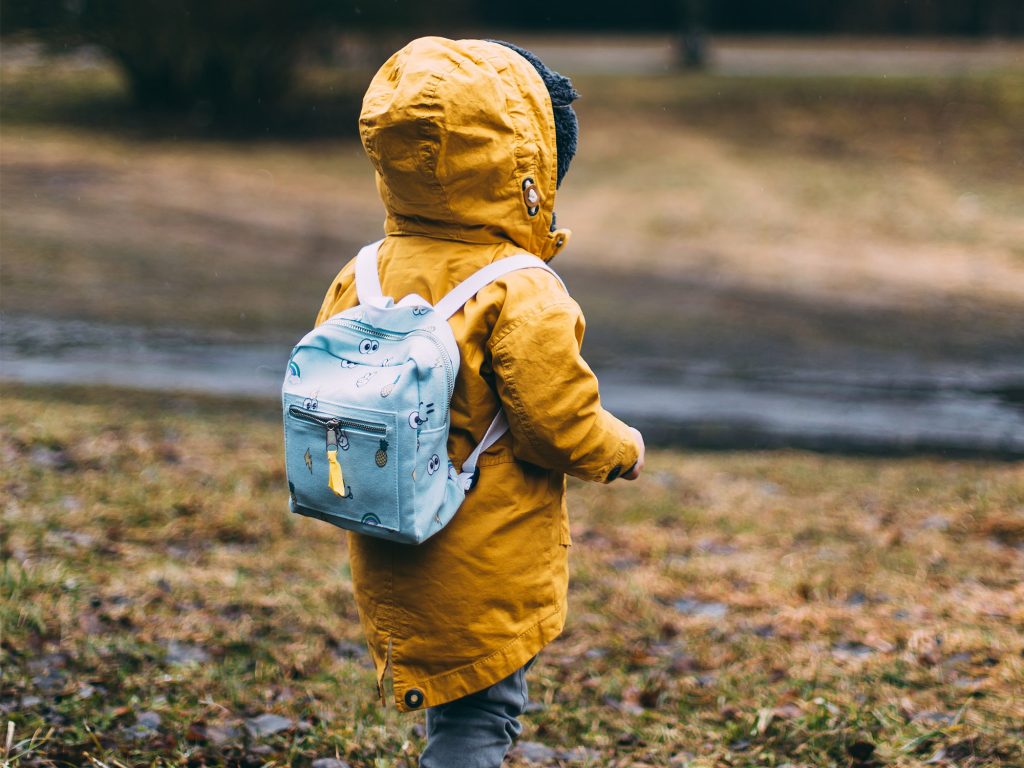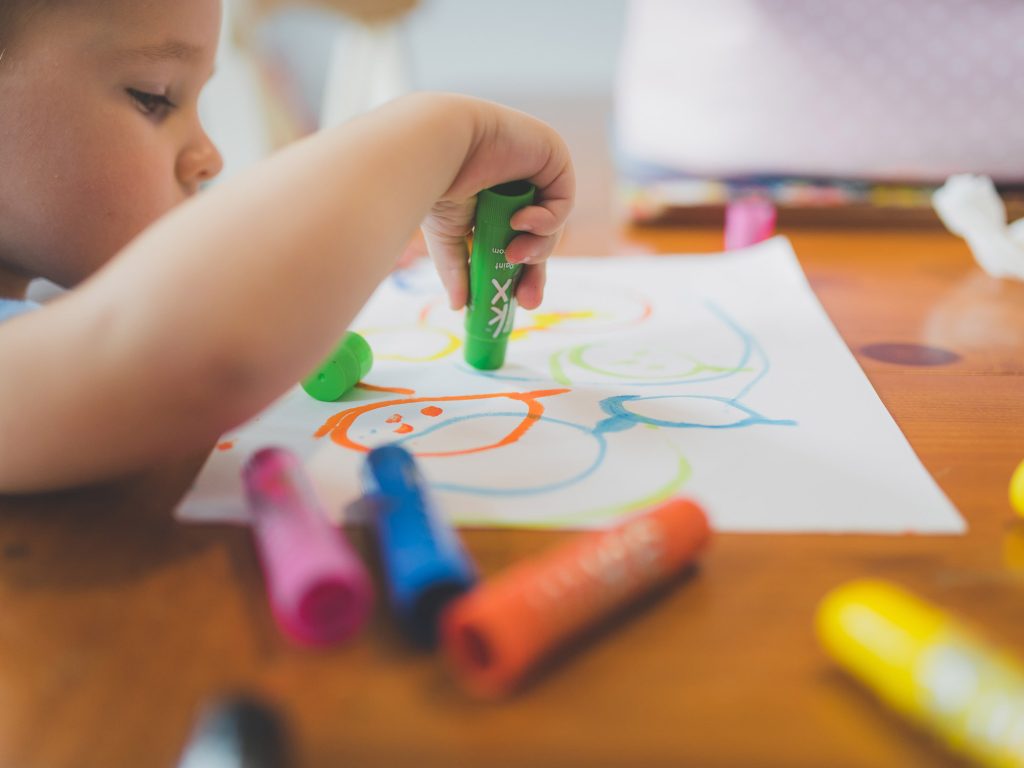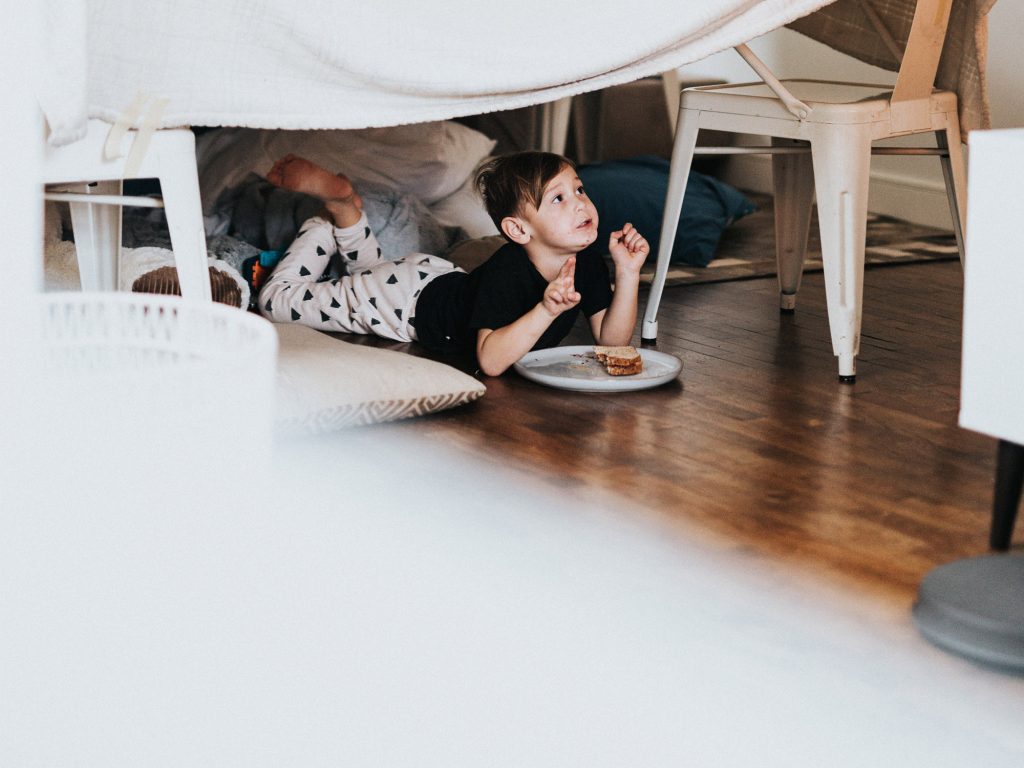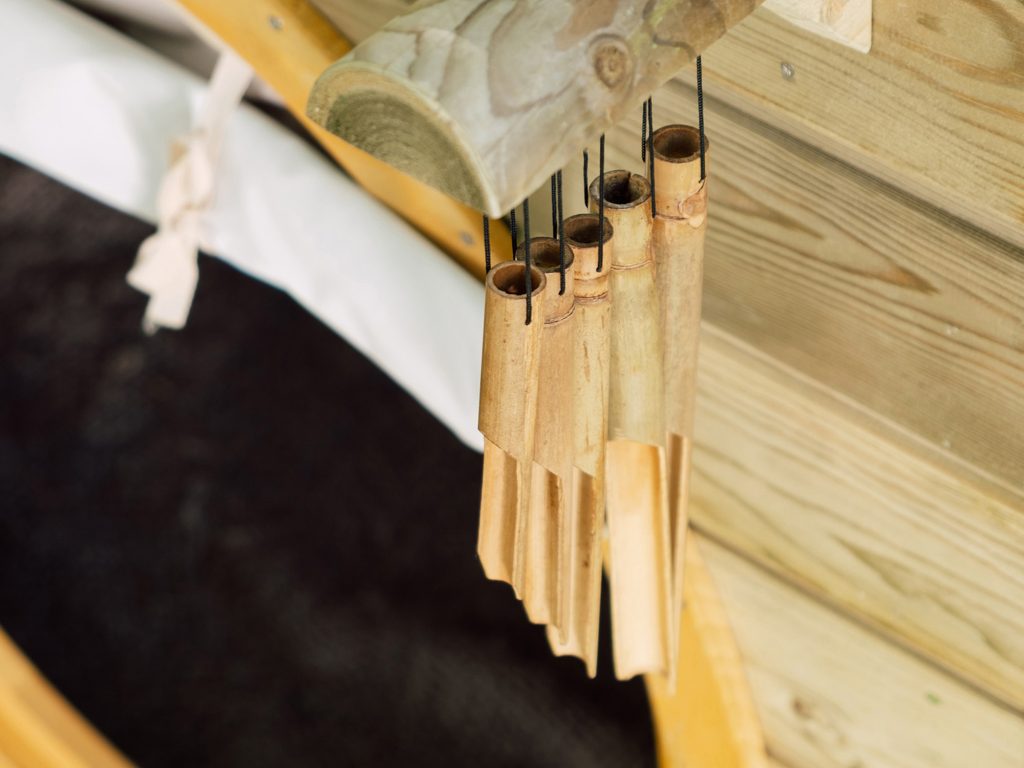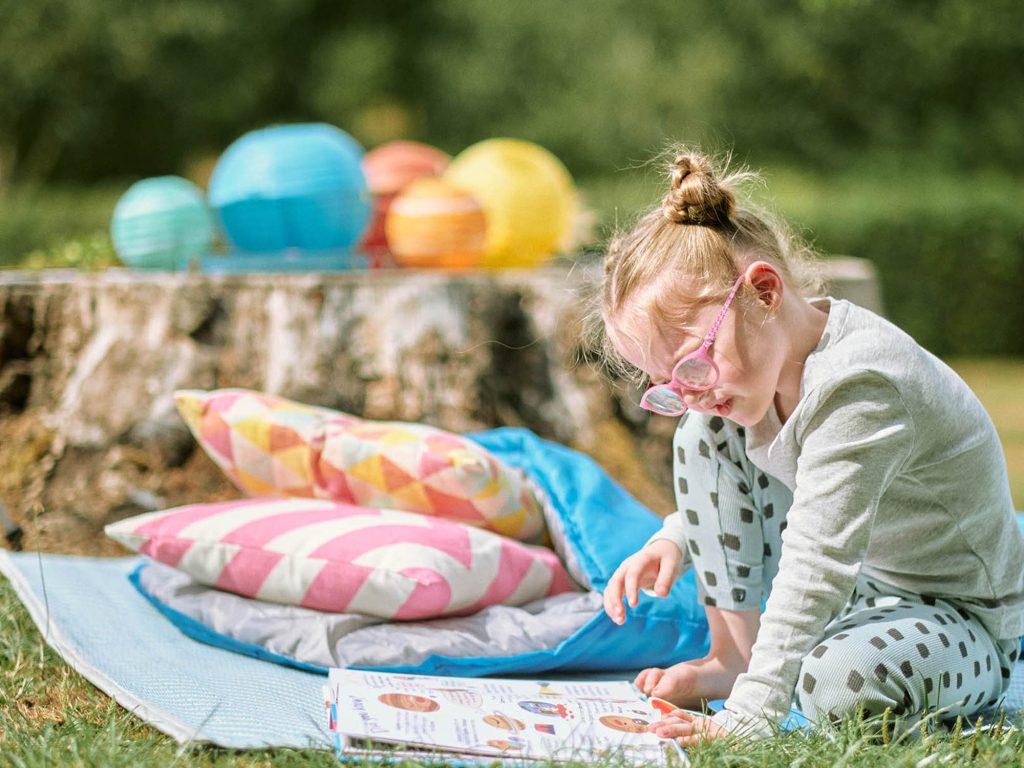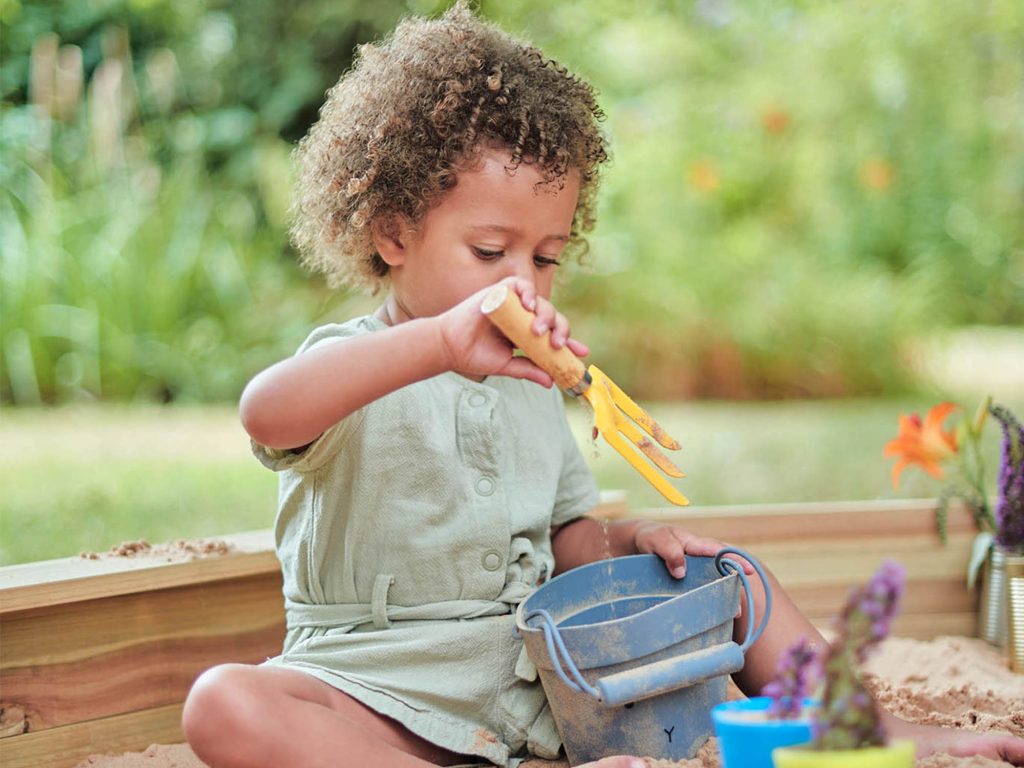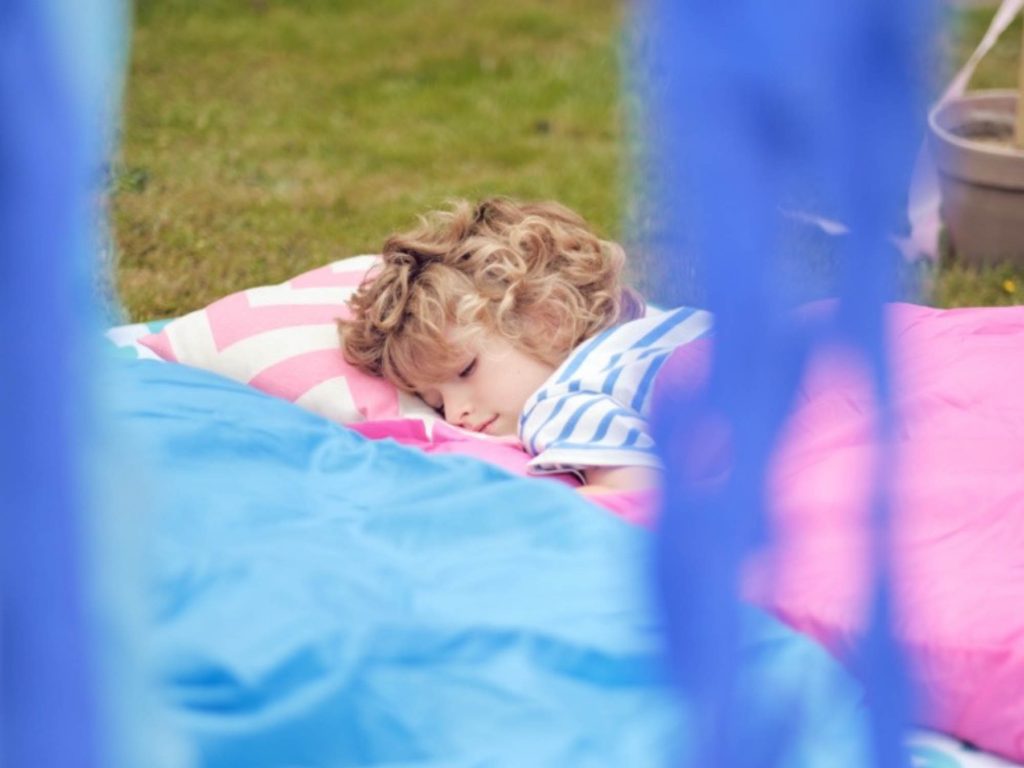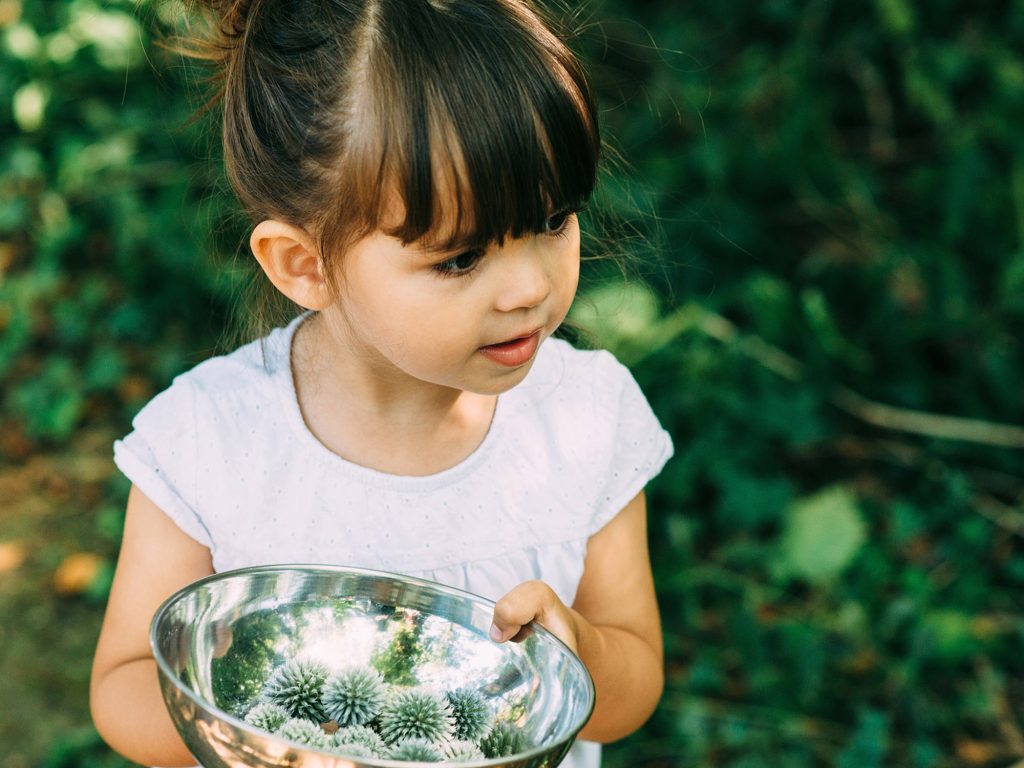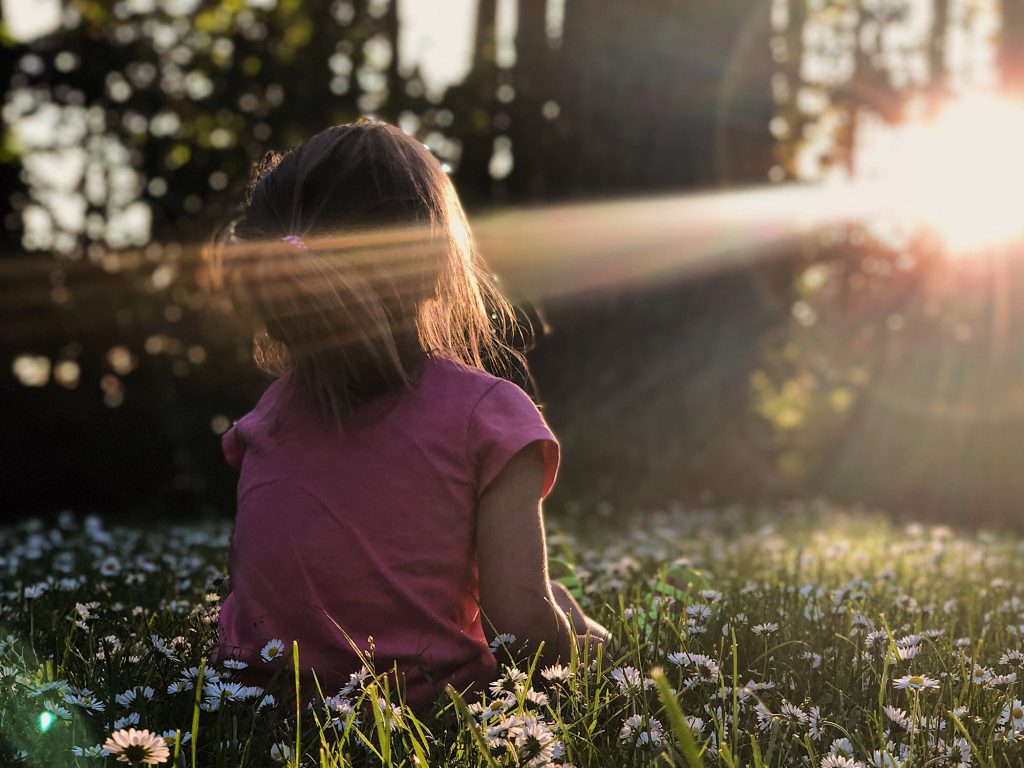Getting a new trampoline for the garden or outdoor space is a memorable event for the little ones, so we don’t blame you for focusing on their happy faces. But you might be forgetting about an age-old question: do I get the in-ground trampoline or the above-ground one?
Well, maybe it’s not an AGE-OLD question, but it can certainly cause a moment’s pause. That’s why we at Plum Play are here to help you make up your mind by going over which trampolines are the best for you and your family.
Above-Ground Trampolines
Let’s go over the most common trampoline, the above-ground model:
What Are They?
Above-ground trampolines are the traditional trampolines elevated off the ground on legs and frames, making them easy to set up and move around if needed.
Benefits
Above-ground trampolines are cost-effective, easy to install, and portable, allowing for relocation in your yard. They typically offer better bounce and can be fitted with nets & enclosures for added safety.
Disadvantages
These trampolines pose a higher risk of injury from falls due to their elevation if they don’t have a net. Additionally, they are susceptible to being blown over by strong winds, requiring secure anchoring in some parts of Australia.
In-Ground Trampolines
What Are They?
In-ground trampolines are trampolines installed to sink into the ground. This means you don’t need an enclosure or a ladder. They blend seamlessly into the garden, providing a safer and more aesthetically pleasing option for the whole family.
Benefits
In-ground trampolines offer enhanced safety by reducing fall height, making them more accessible for all ages. They are less obtrusive in garden designs, preserving the aesthetic appeal of outdoor spaces. They are less affected by wind, ensuring better stability.
Disadvantages
The installation of in-ground trampolines can be costly and labour-intensive. Putting the trampoline in the ground requires significant excavation. Drainage issues might arise, leading to potential water damage. They may offer less bounce compared to above-ground trampolines due to restricted airflow beneath the jumping surface.
So, In-Ground or Above-Ground Trampoline – Which is Better?
Choosing between in-ground and above-ground trampolines boils down to what you value most. In-ground trampolines are pretty sleek and blend right into your backyard. While all trampolines come with the PlumⓇ SpringsafeⓇ technology, in-ground trampolines are a safer option for all ages.
But, they can be a bit of a headache to install and might not give you that super high bounce. Above-ground ones, on the other hand, are way easier to set up and move around, and they seriously deliver on the bounce factor. Just remember to get a safety net, or things could get dicey. So, it’s all about your outdoor play area’s vibe – low-key and safe, or high-flyin’ with a bit more caution.
In-Ground Trampoline Information
Set up
In-ground trampolines require excavation and installation, making the process more complex and time-consuming. Adequate drainage must be ensured to avoid water damage.
We recommend that the initial excavation be performed by professionals to make sure it is safe. For the installation of the trampoline itself, as long as you have the correct tools outlined in the set-up manual, then this can be done by yourself. Just make sure to follow the instructions carefully.
Price
In-ground trampolines are generally more expensive due to the installation process and landscaping requirements, while above-ground models are more budget-friendly.
Safety
In-ground trampolines offer enhanced safety with a lower fall height. As such, they don’t require the use of safety nets as there is no risk of falling from a significant height onto the ground, though we still recommend getting a pad cover to prevent injury from the springs.
Maintenance
In-ground trampolines may face challenges with debris and water accumulation, requiring regular cleaning. A good tip is to cover the trampoline at night with a cover like tarp to prevent rain from seeping through the net into the hole below.
Above-Ground Trampoline Information
Installation
Above-ground trampolines are relatively easy to set up, often a DIY project. You just need a flat surface, and you’re good to go, no digging is required.
Price
Normally, above-ground trampolines are more wallet-friendly. They come in various sizes and styles, making it easier to find one that fits your budget.
Safety
While they’re a blast, safety nets are a must with above-ground trampolines due to the risk of high falls. Always double-check those safety features.
Maintenance
Keep an eye on the frame and springs for rust or wear, and make sure the safety net and padding are in good shape. A little TLC goes a long way.
Where to Get Trampolines in Australia
Right here from Plum Play! You can buy from junior size to premium size trampolines in a range of colours.
For more information about orders, deliveries, spare parts and more, feel free to browse the Plum Help Centre or reach out to us directly.

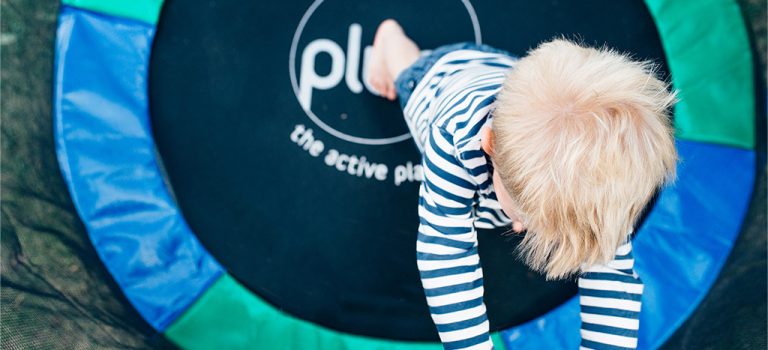
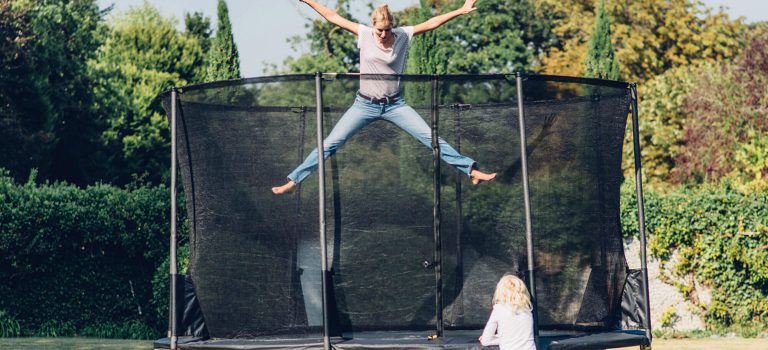
![Unleash the Magic: Imaginative Play Ideas for Kids [6 ideas] children playing in sandpit](https://www.plumplay.com.au/blog/wp-content/uploads/2023/06/Imaginative-play-1-1-768x350.jpg)
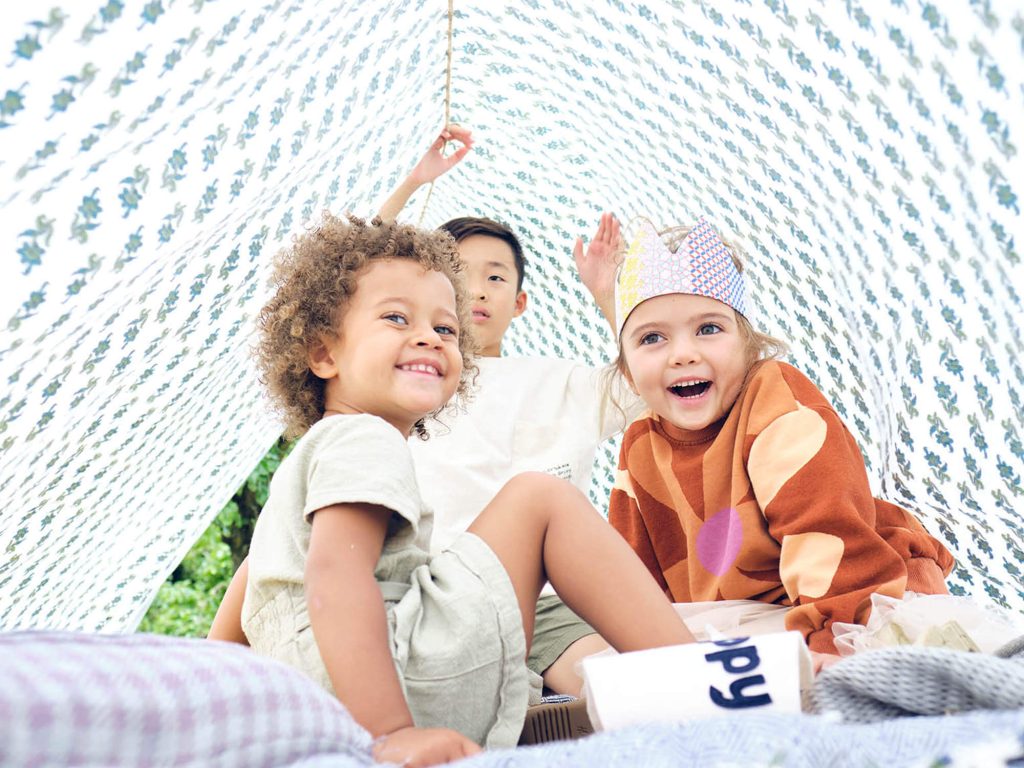
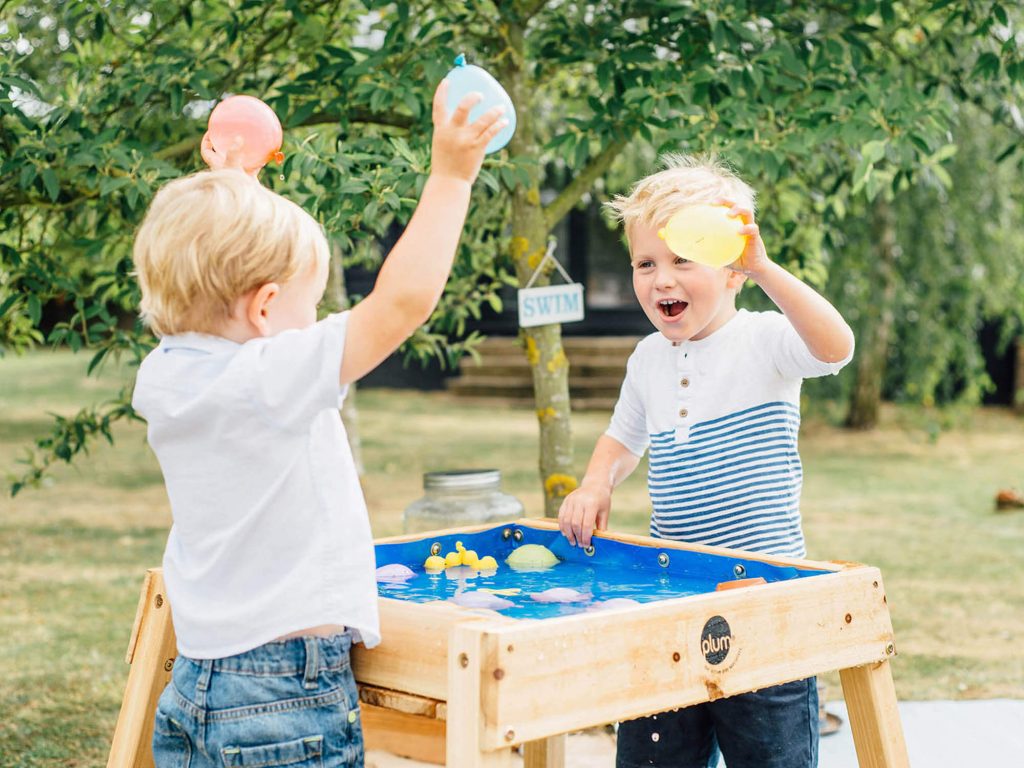
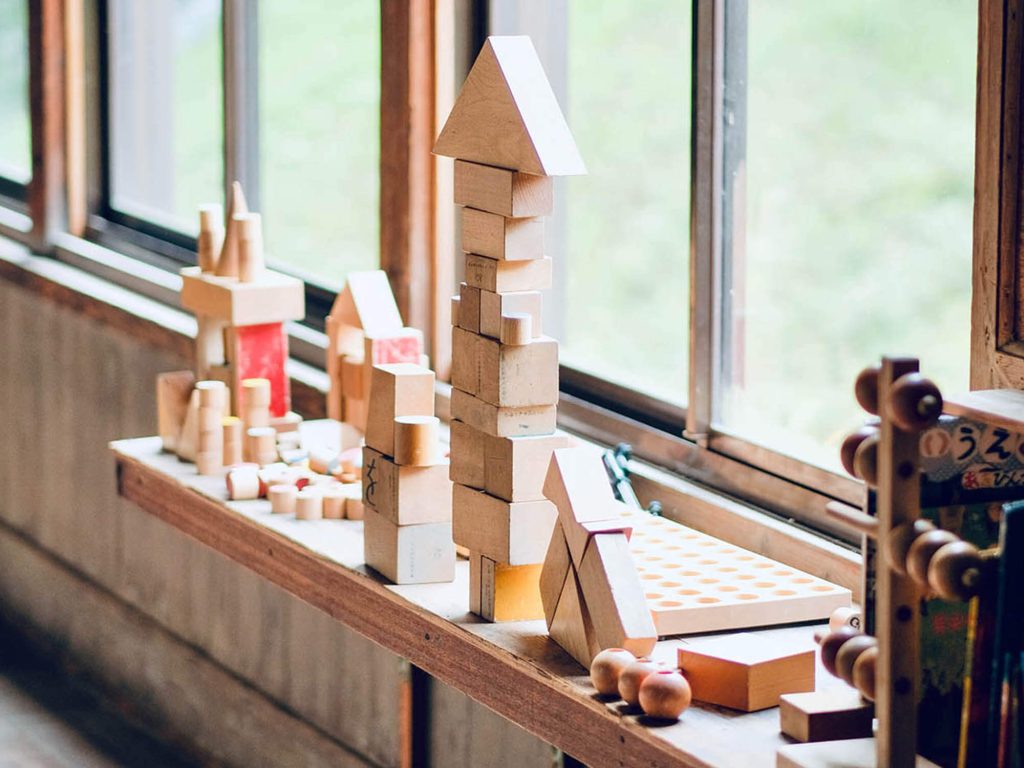
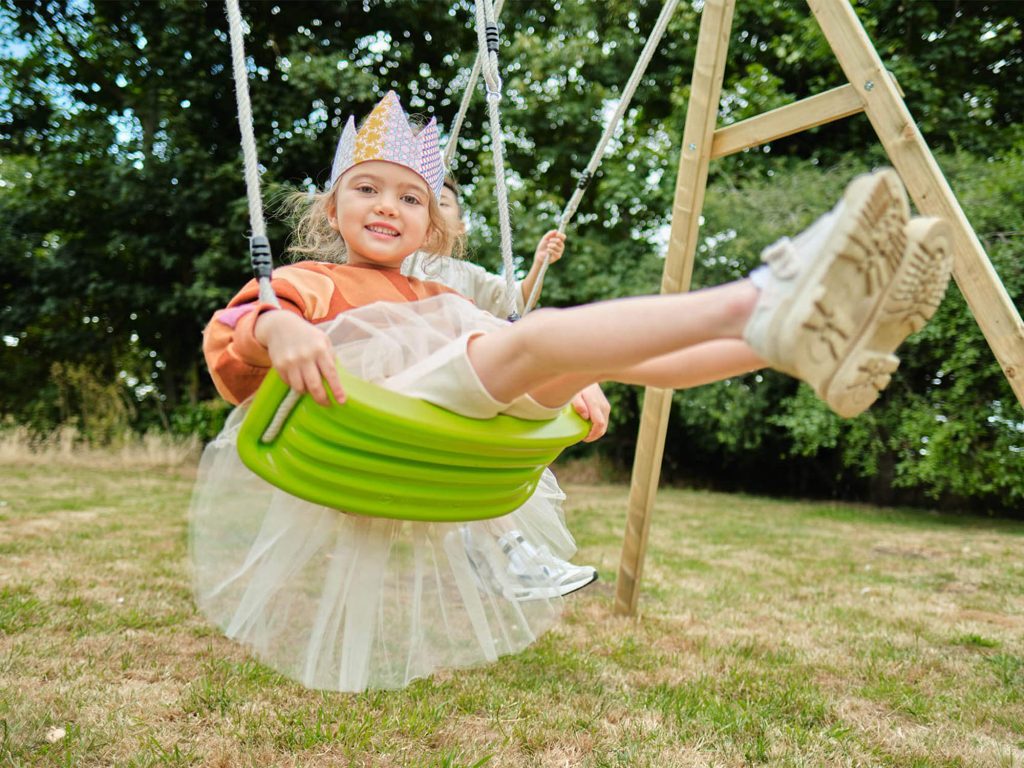
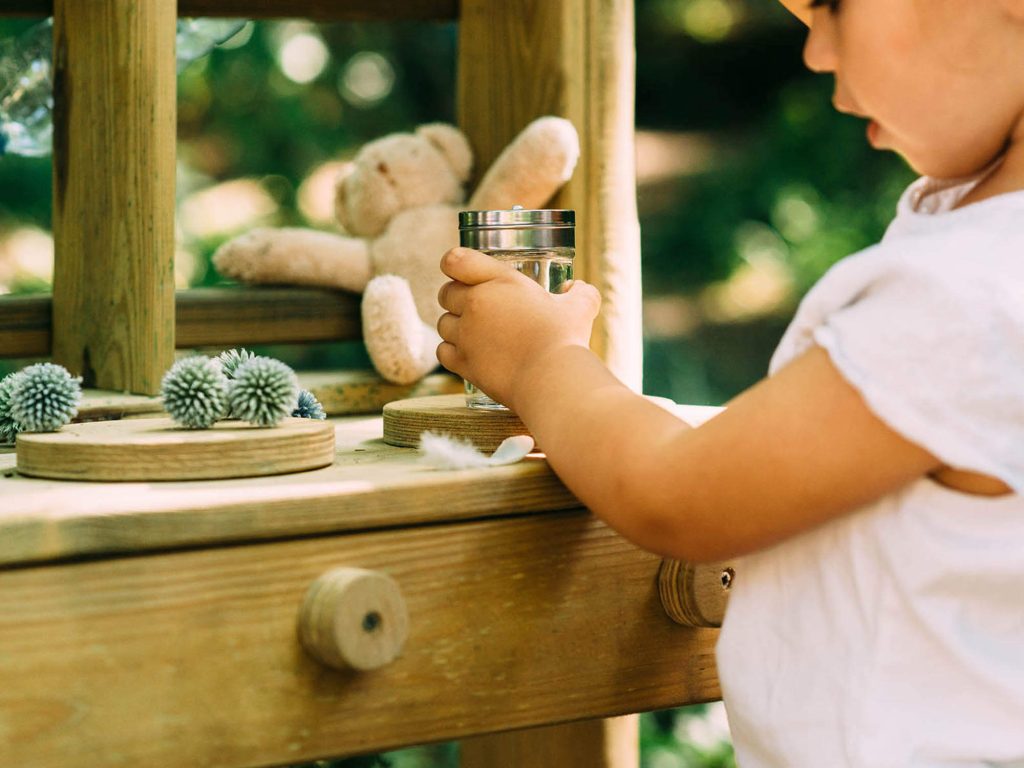
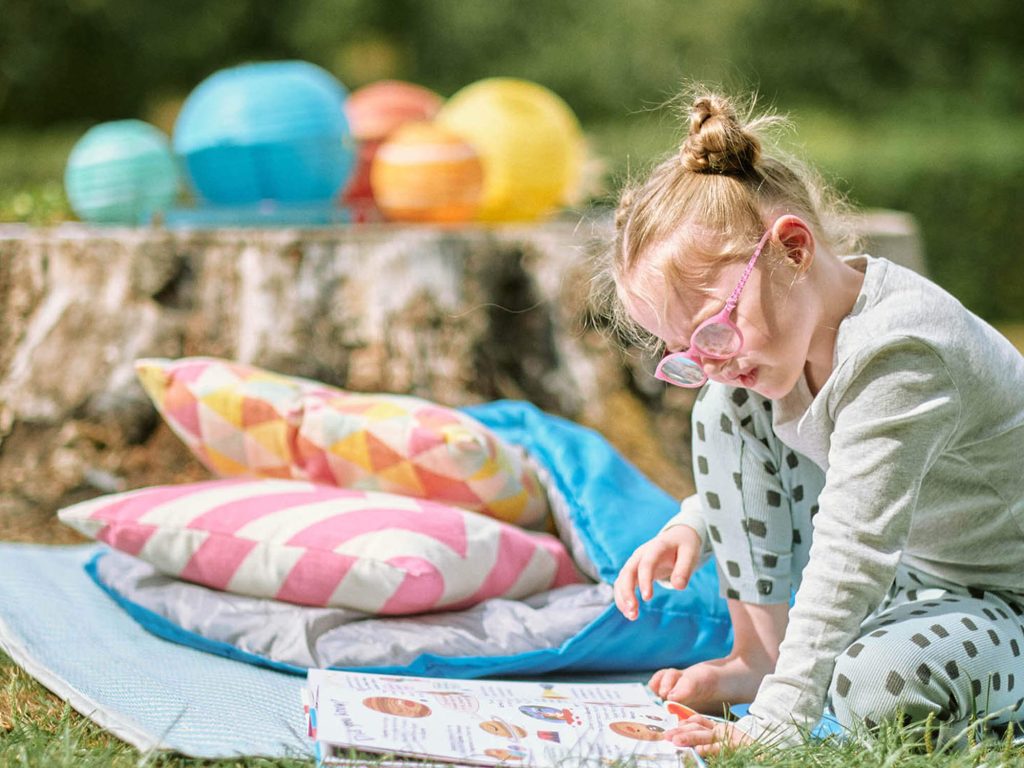
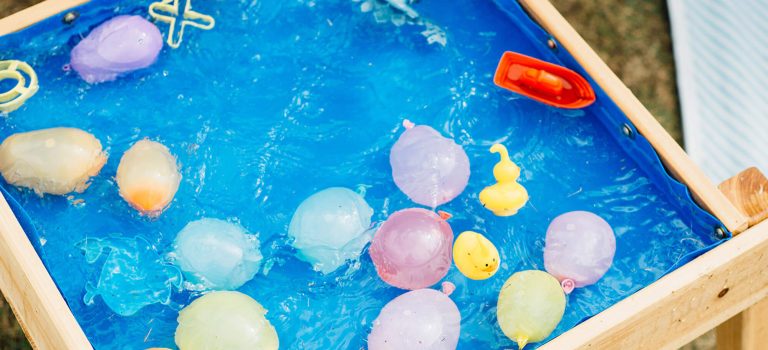

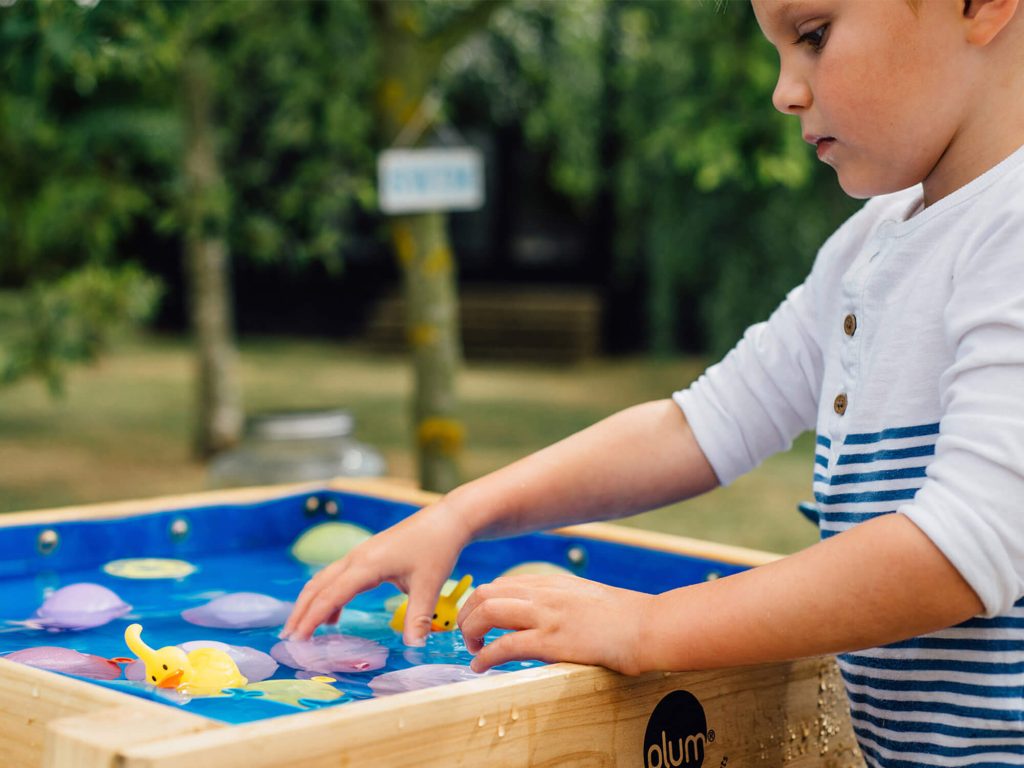
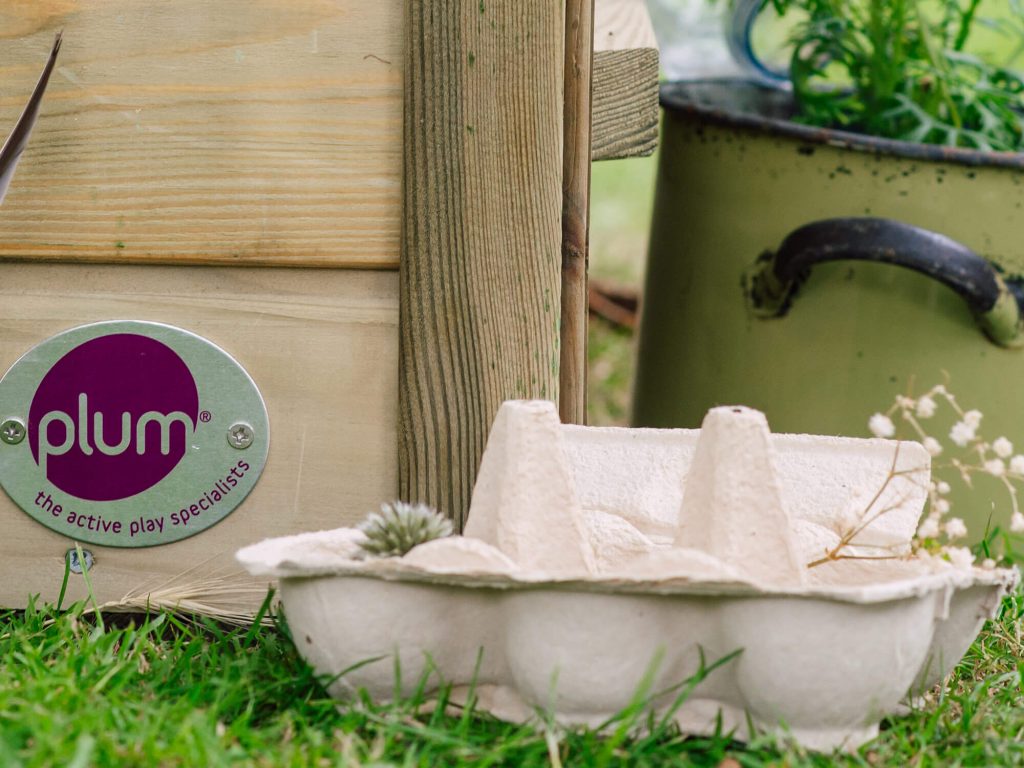

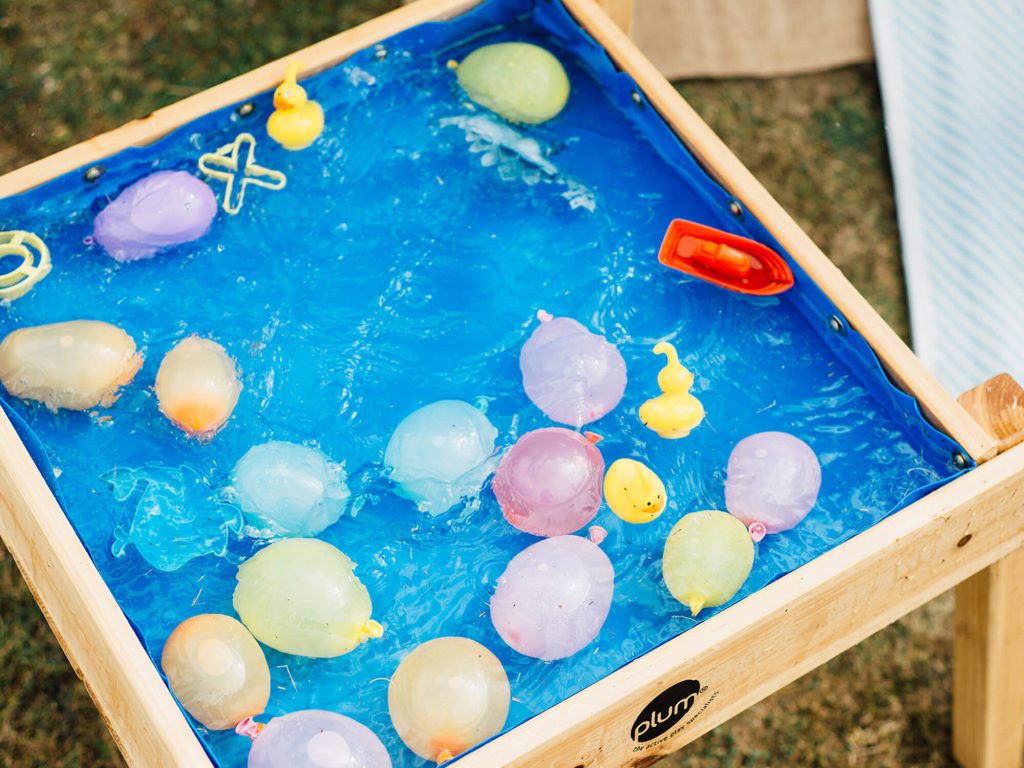
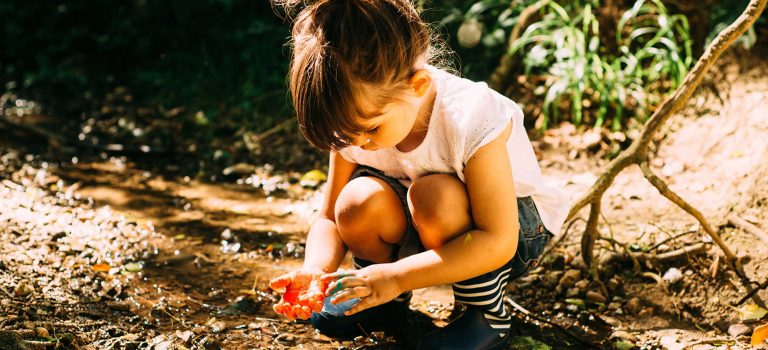
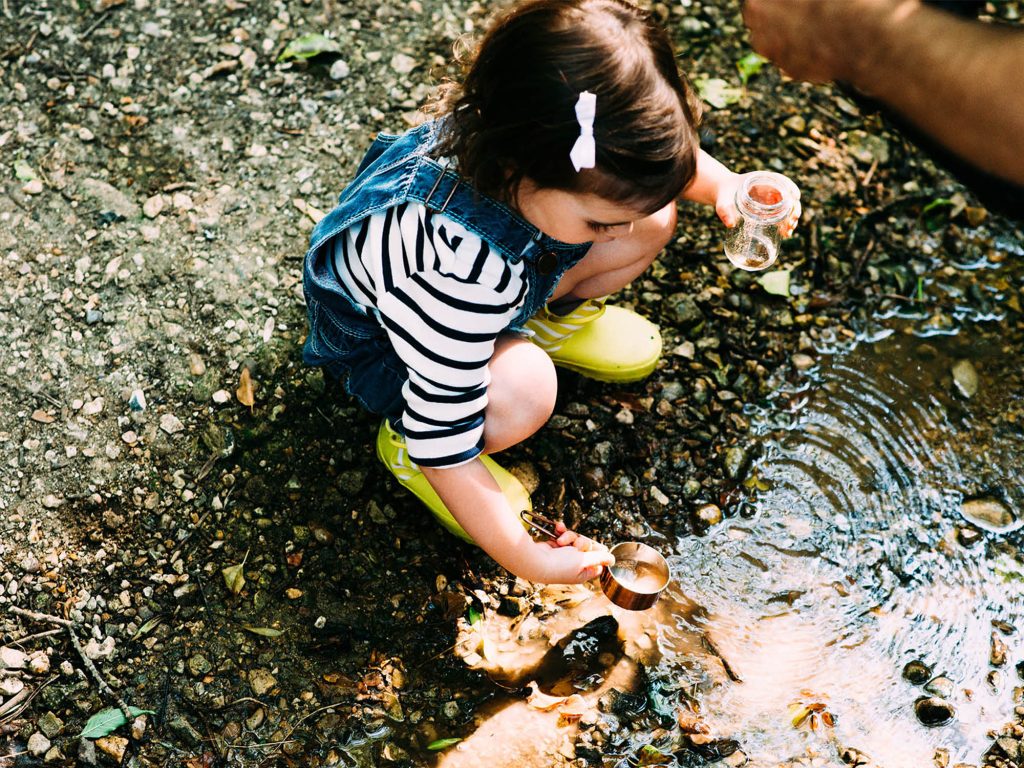
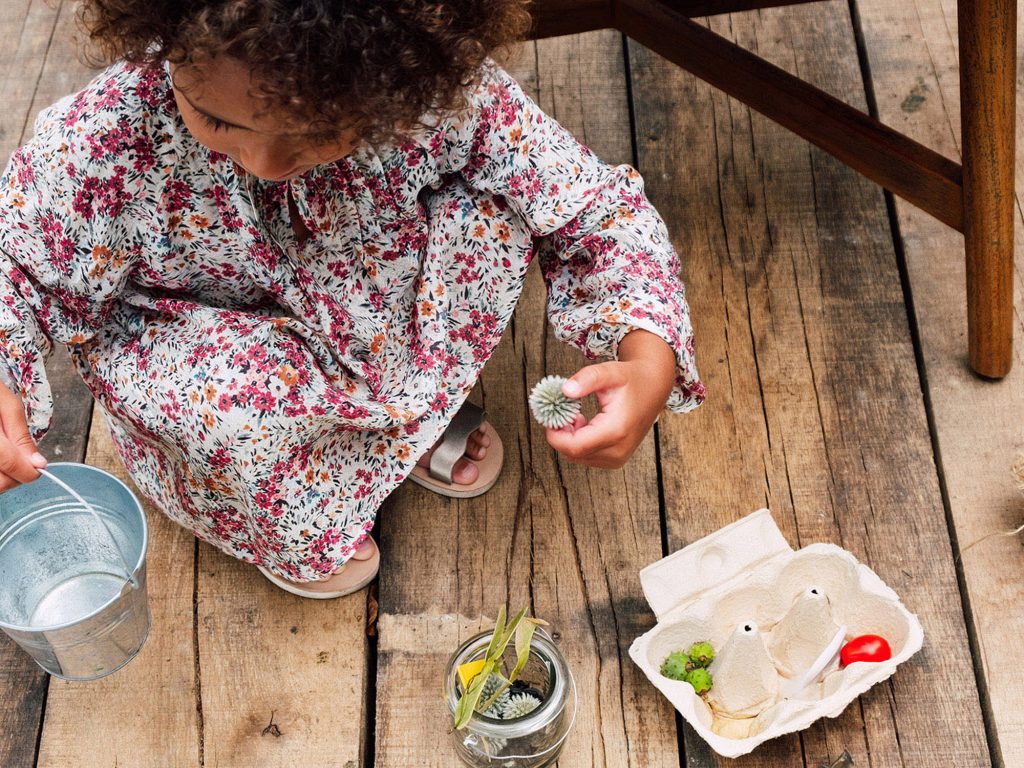
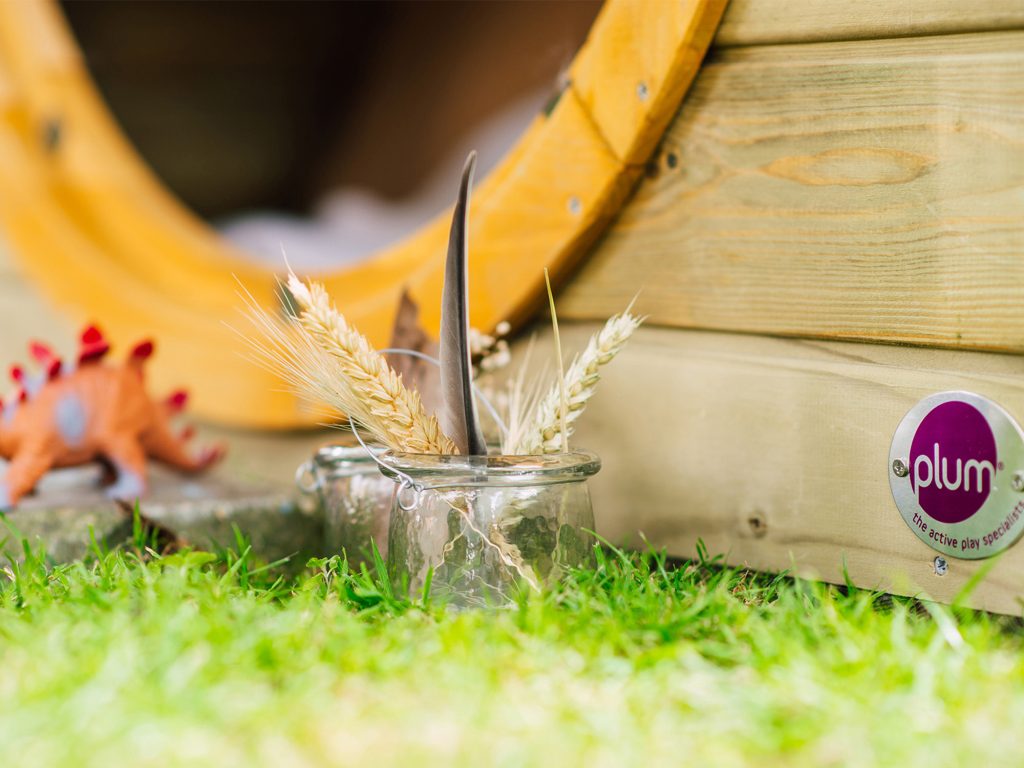
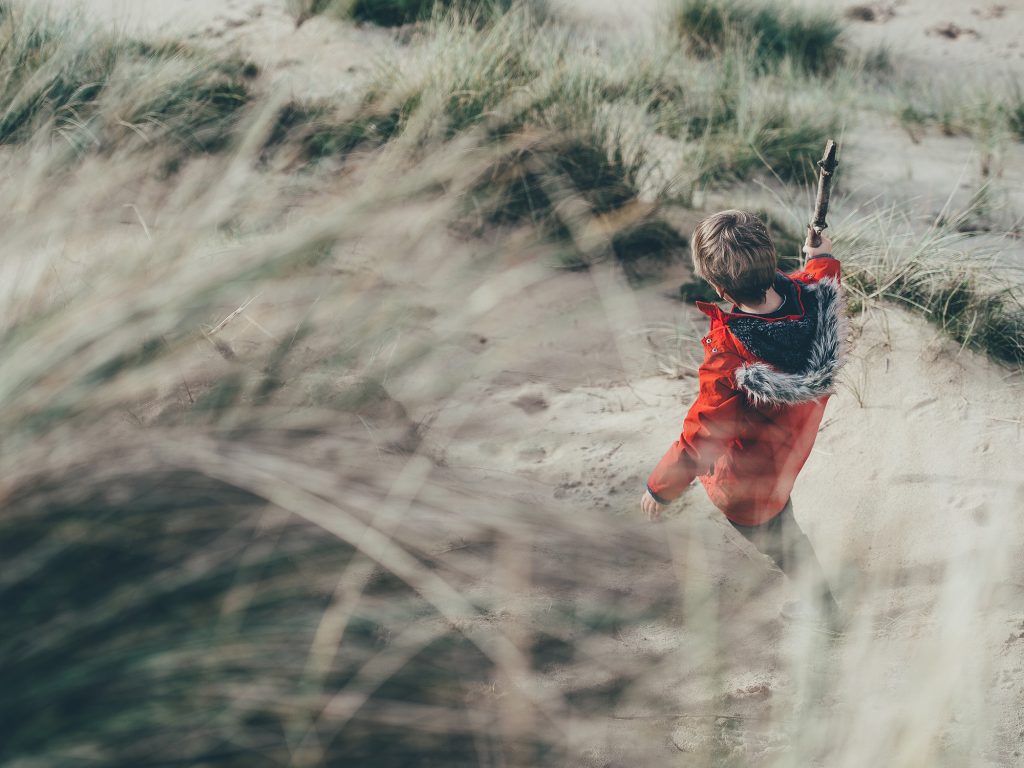
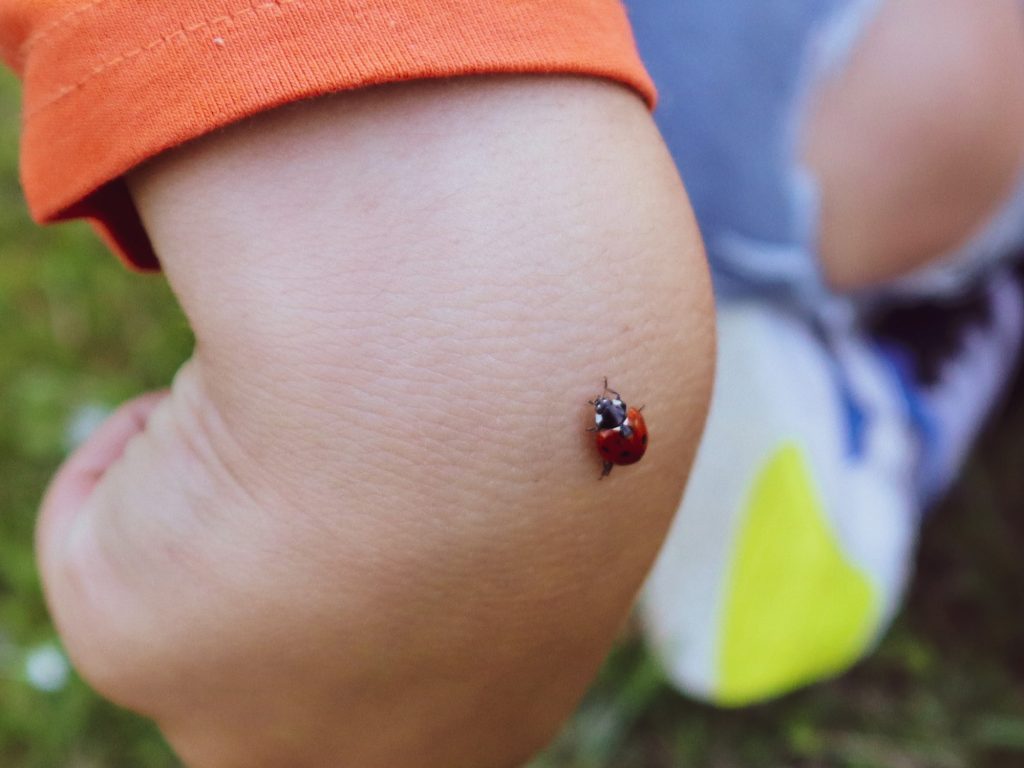
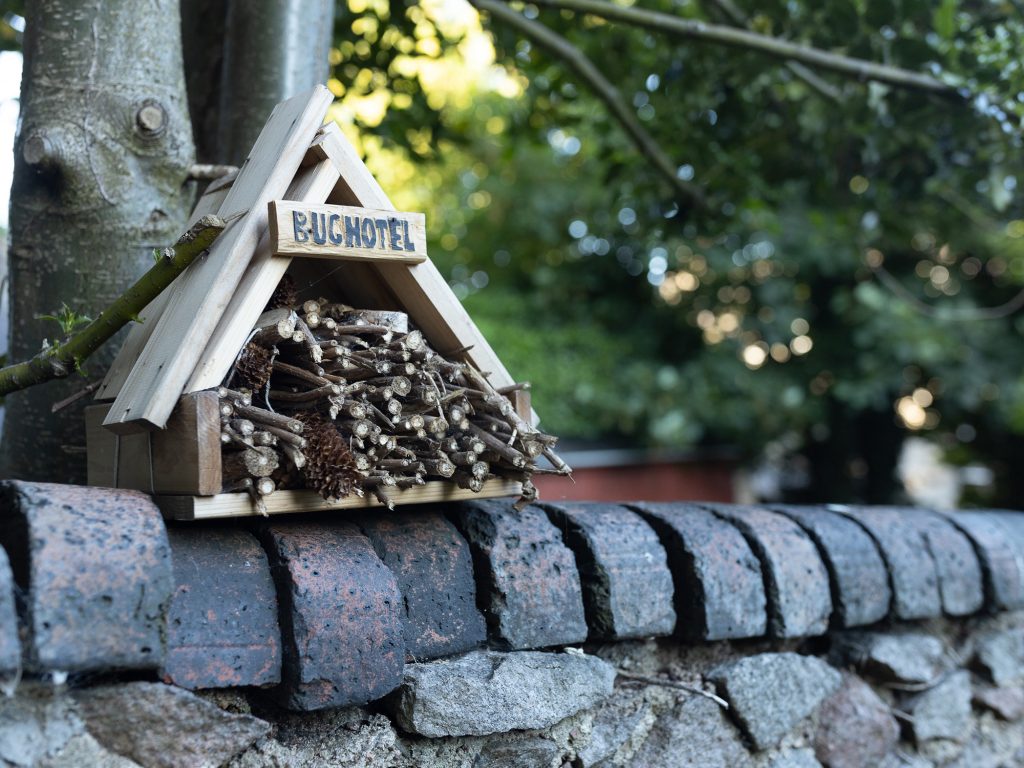
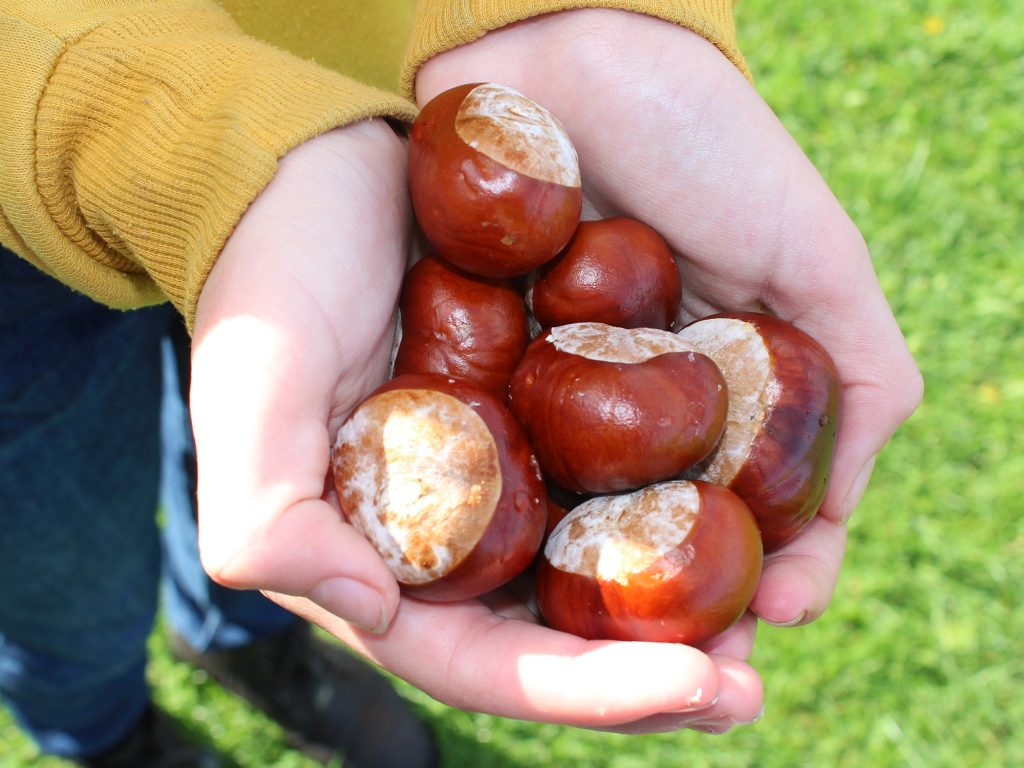
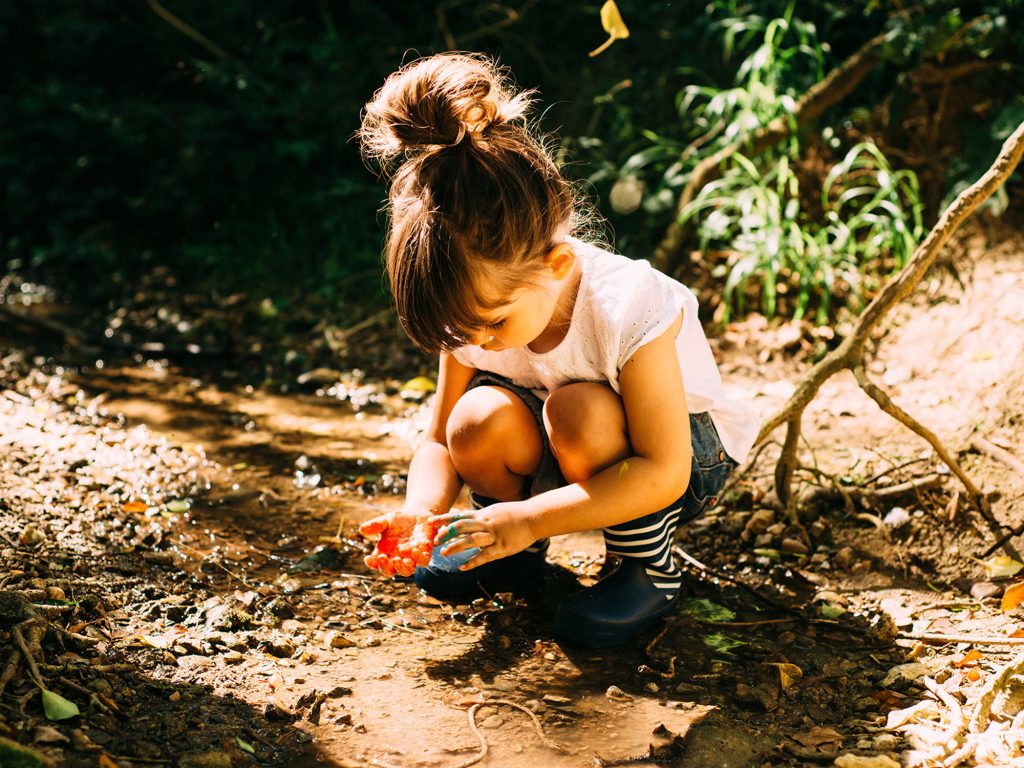
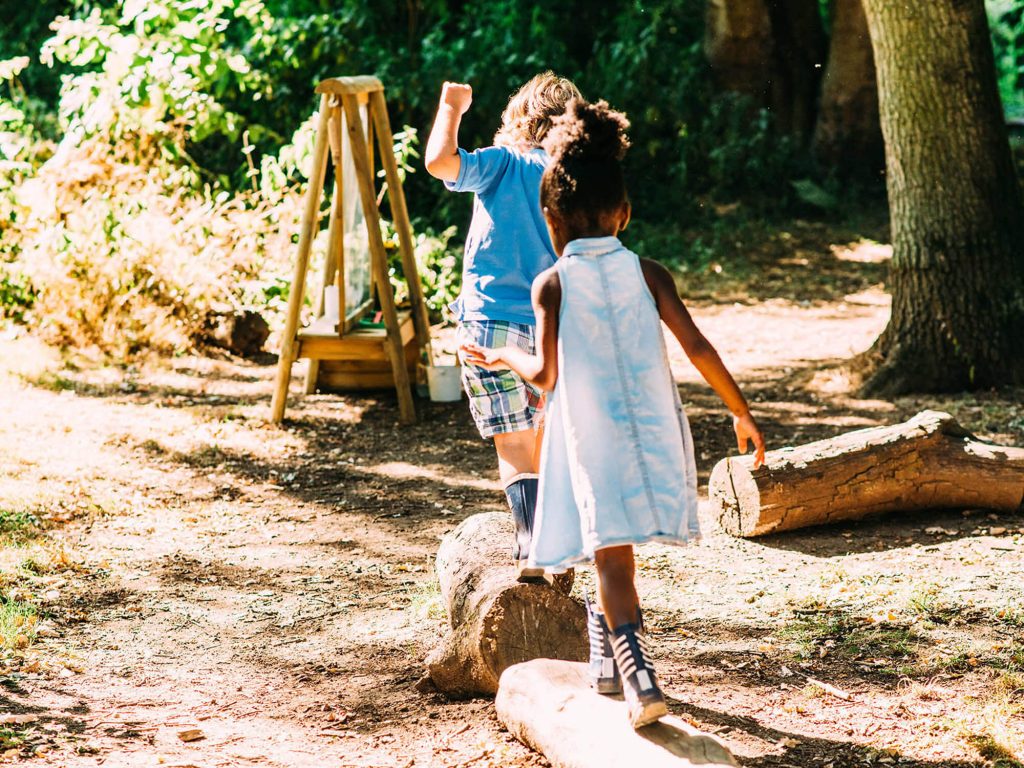
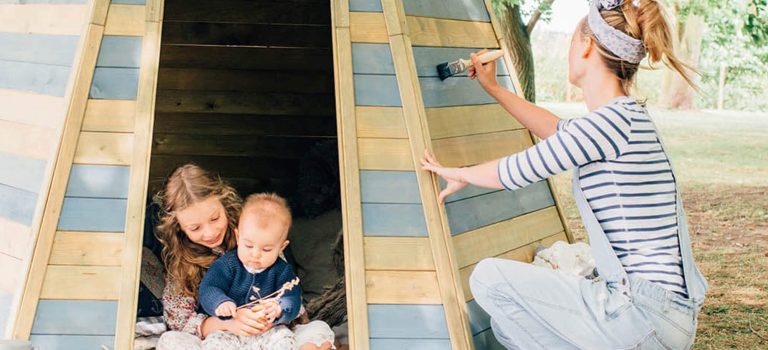
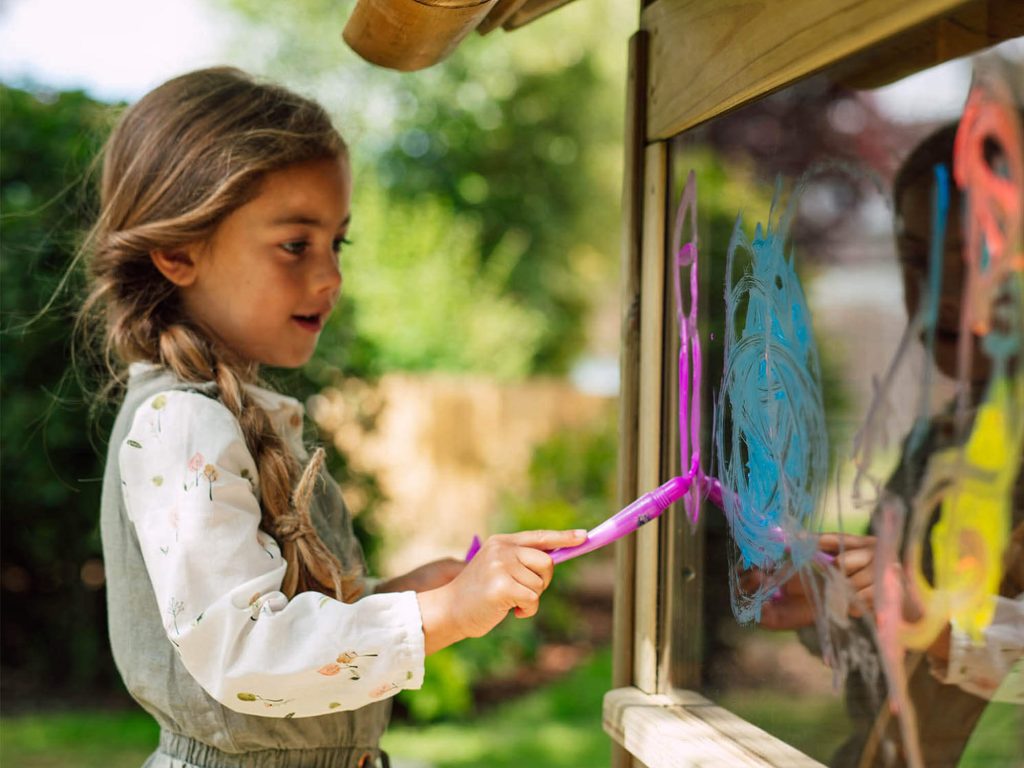
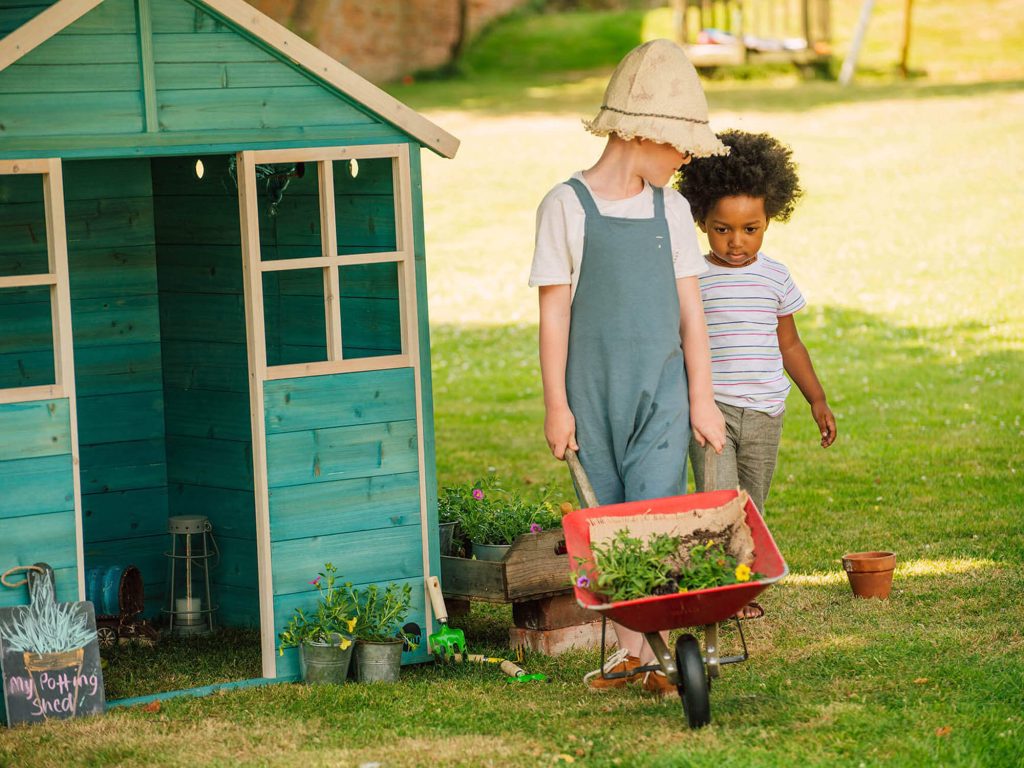
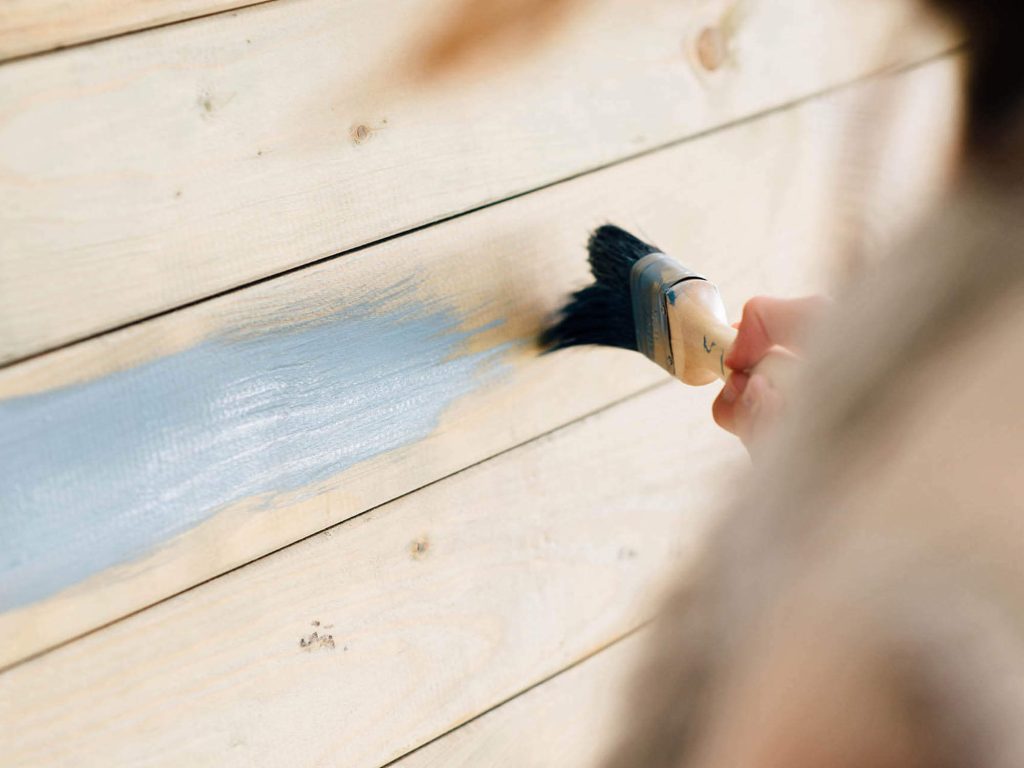
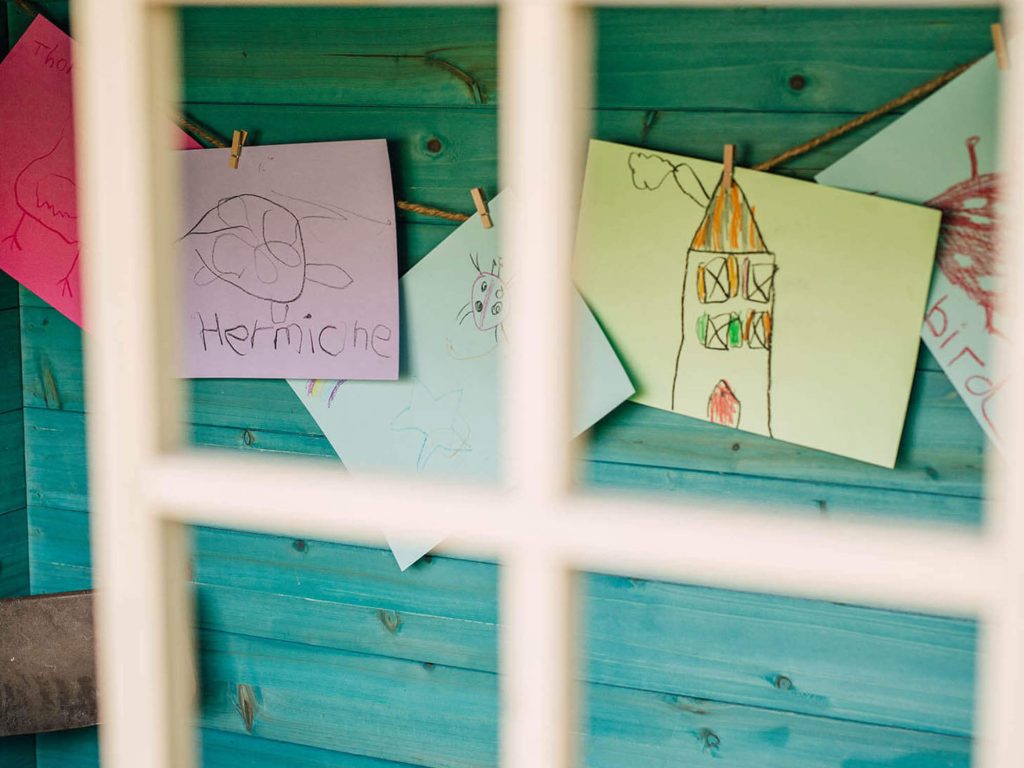
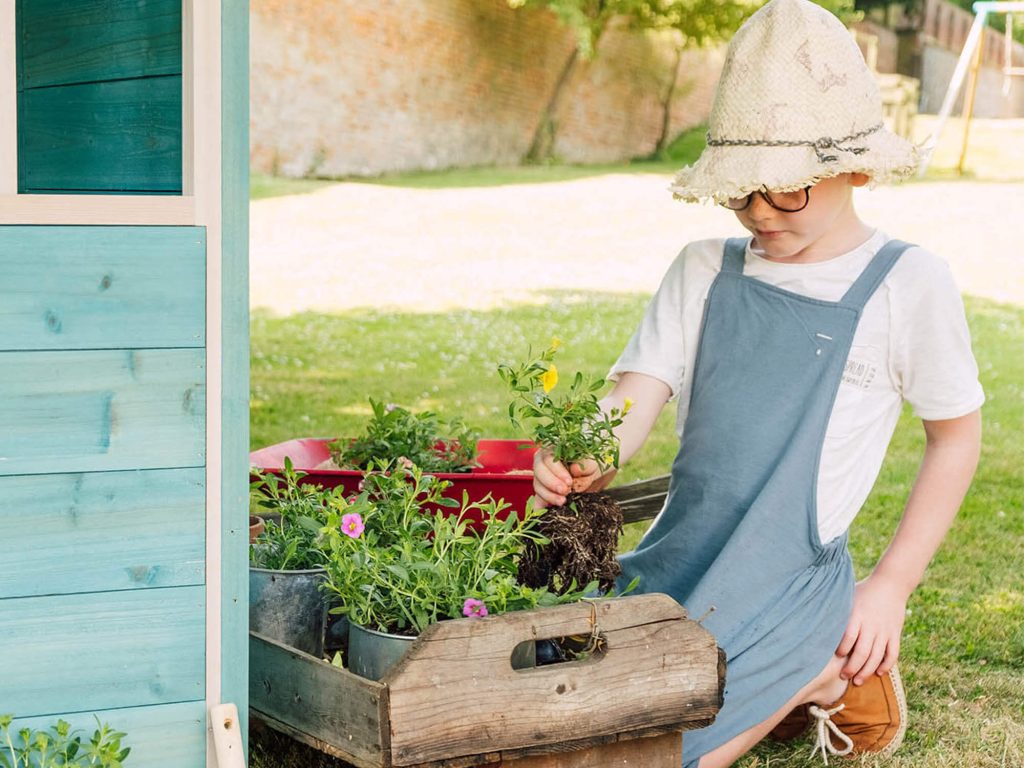
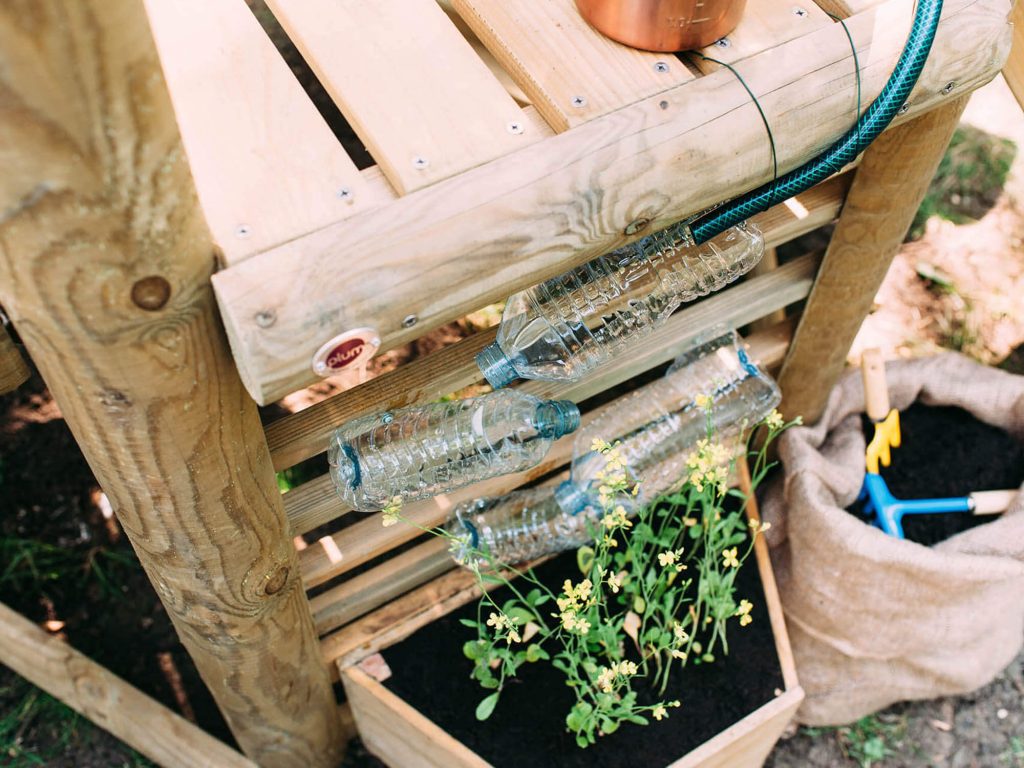
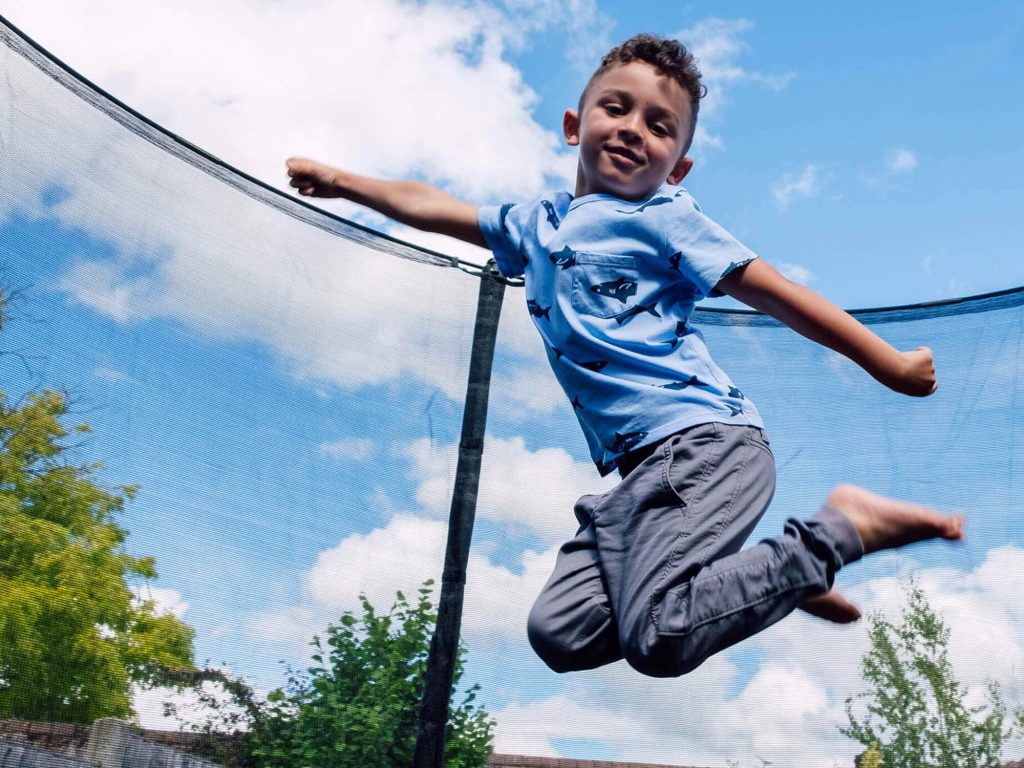
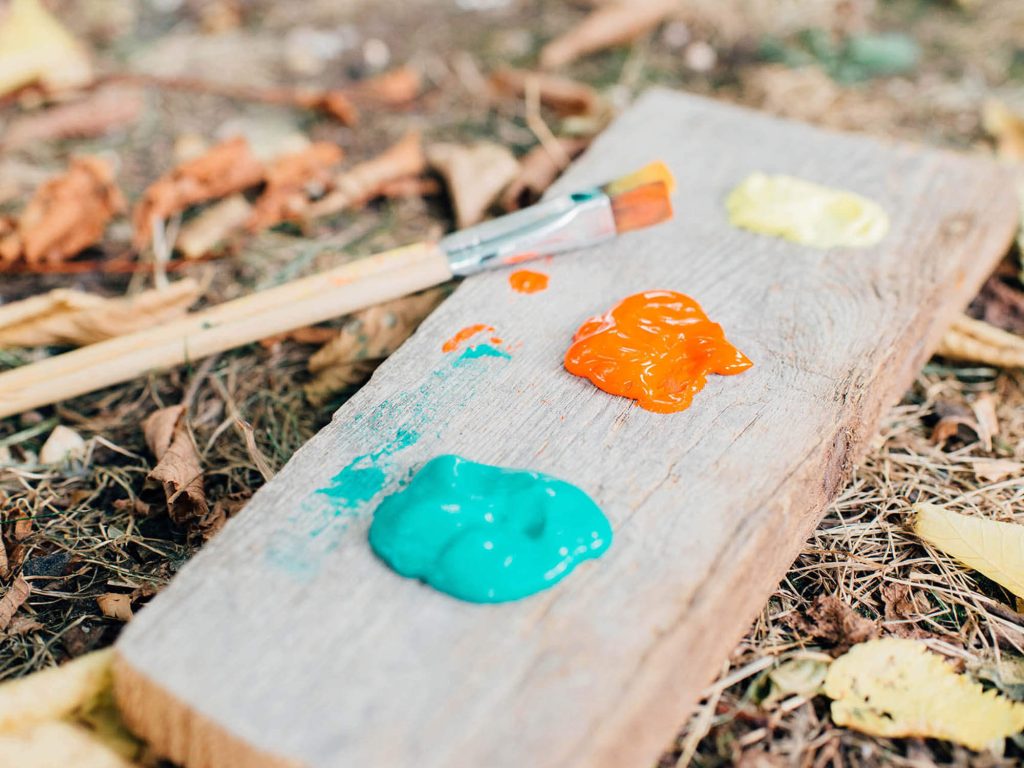
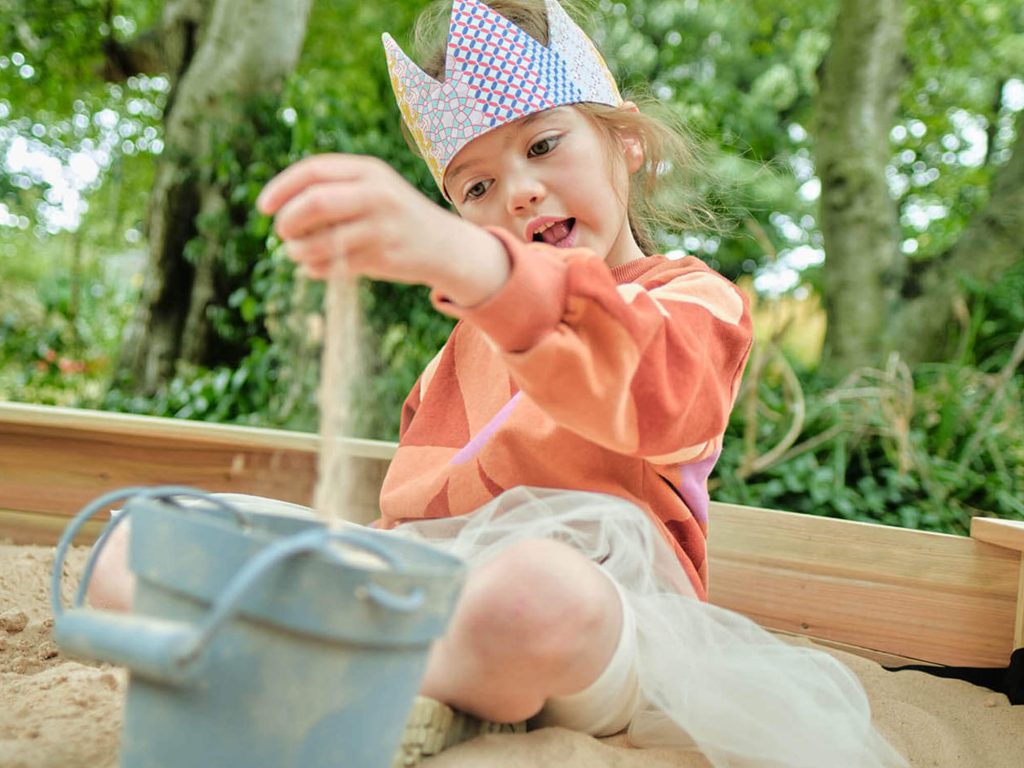
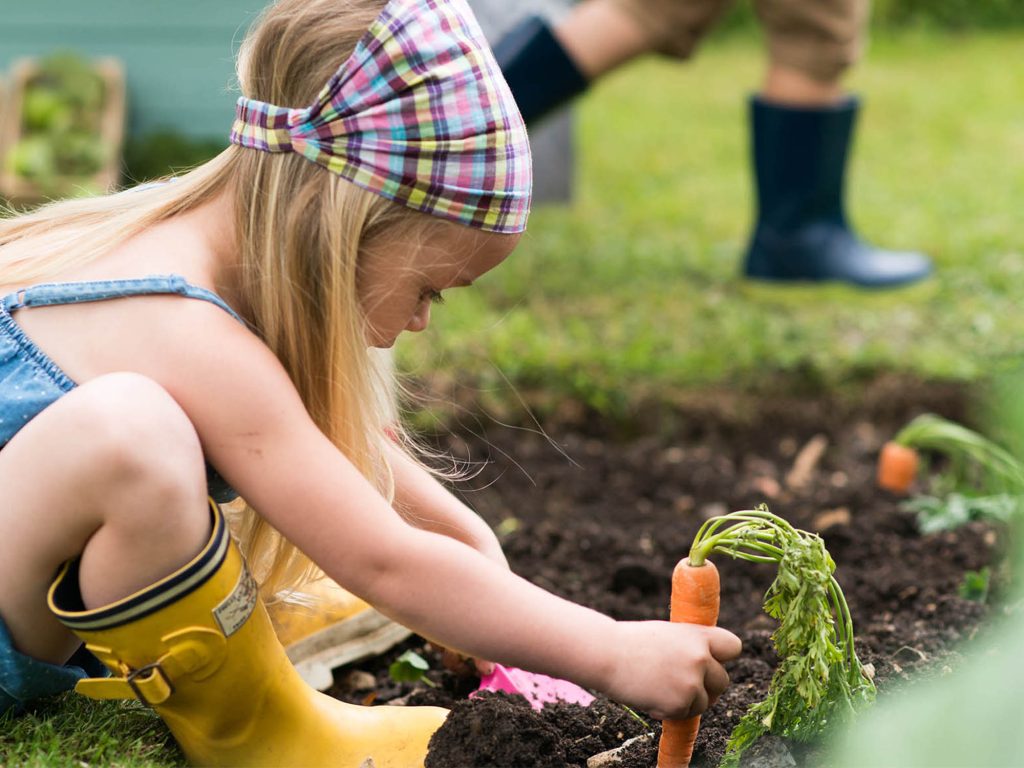
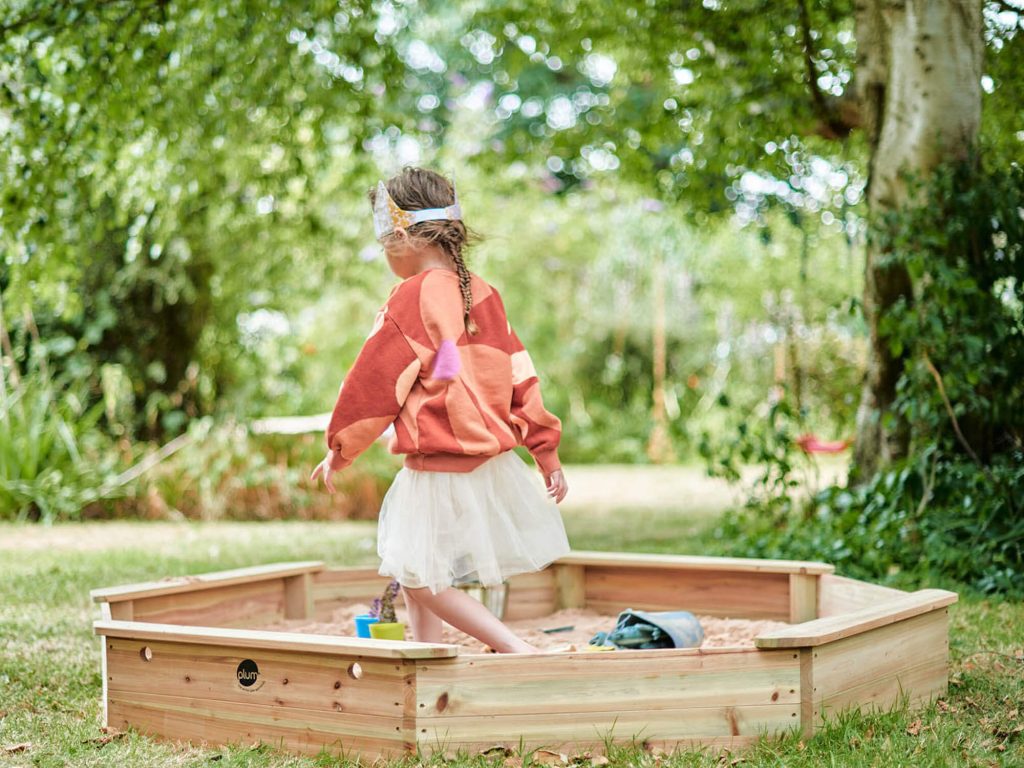
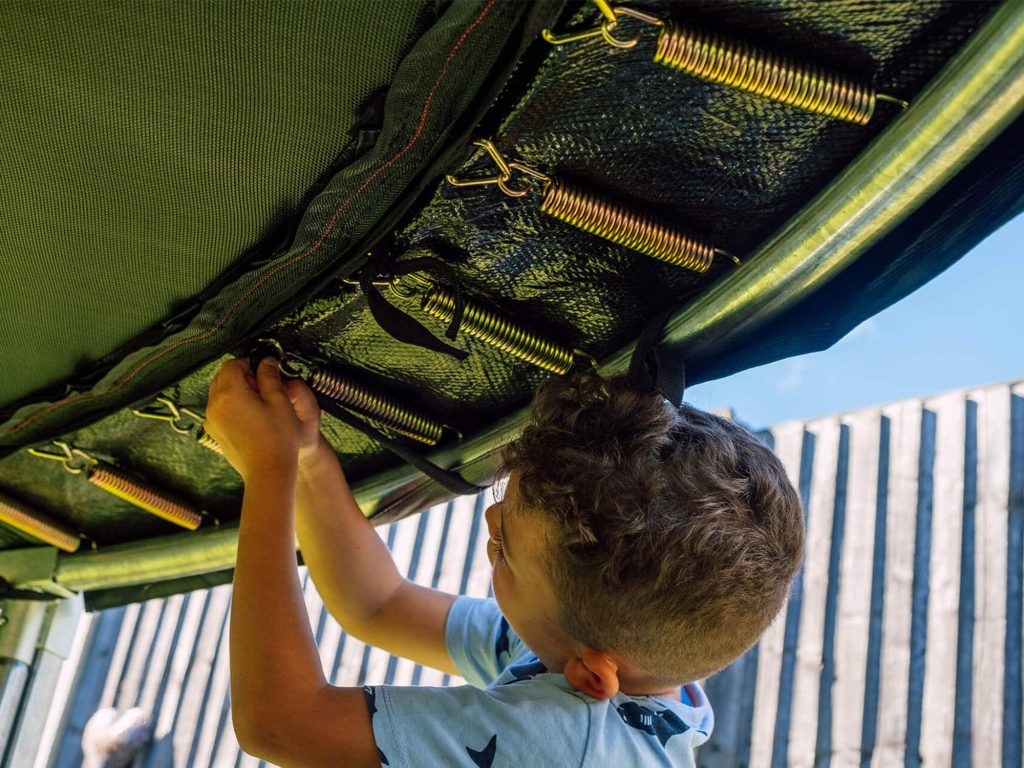
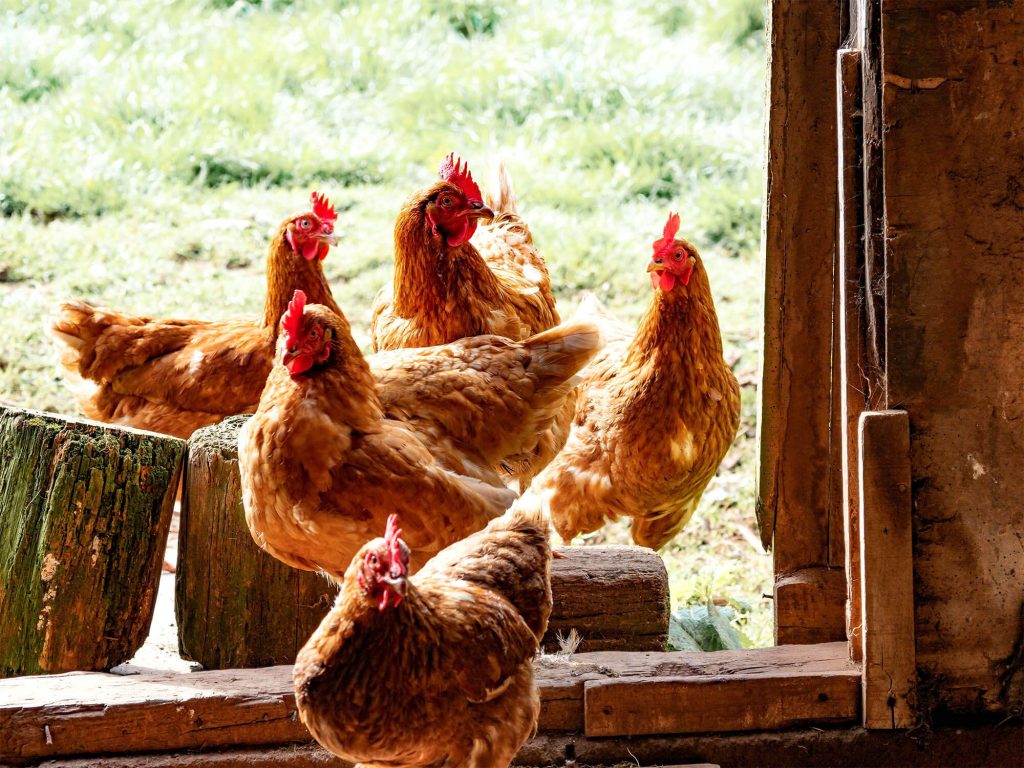
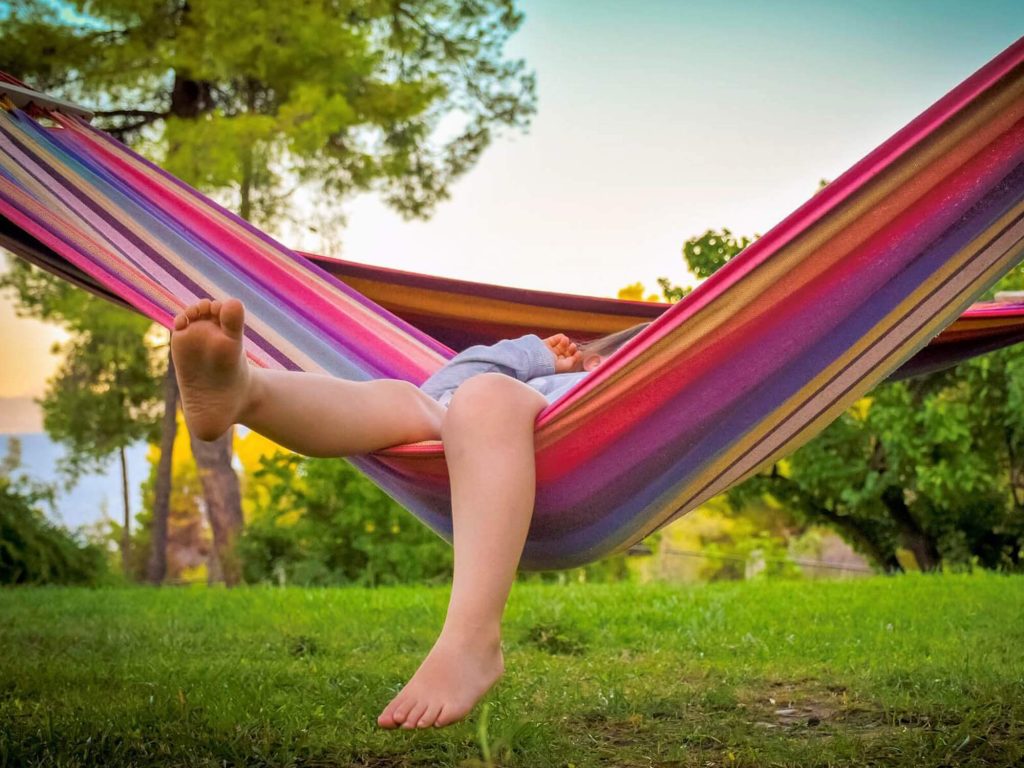
![How to Celebrate the International Day of Happiness [7 Ideas] How to Celebrate the International Day of Happiness [7 Ideas]](https://www.plumplay.com.au/blog/wp-content/uploads/2023/03/Untitled-1-768x350.jpg)
